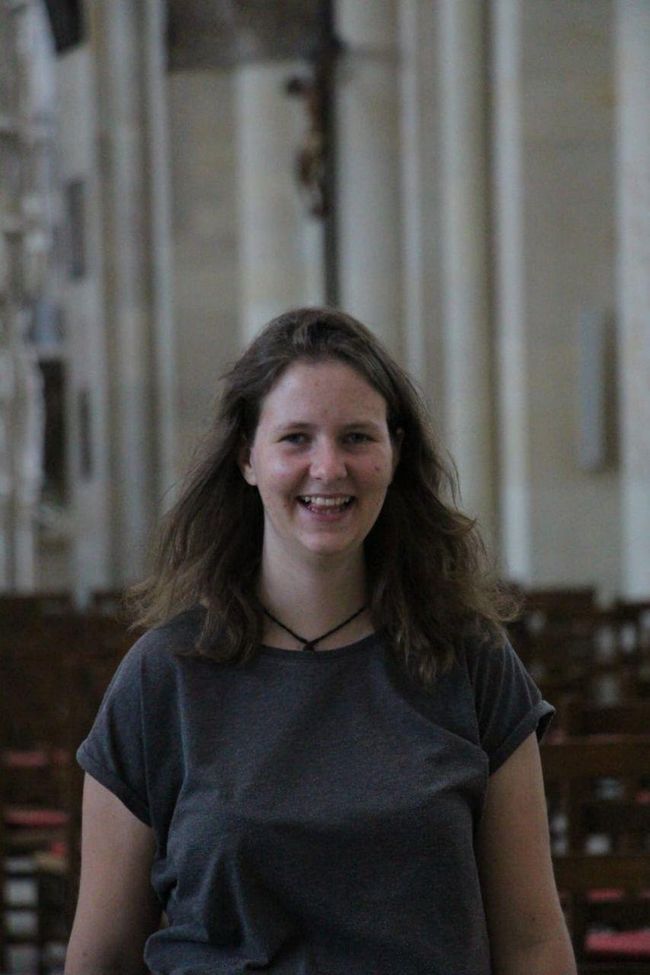Hampton Court Palace
Ebipụtara: 09.09.2024
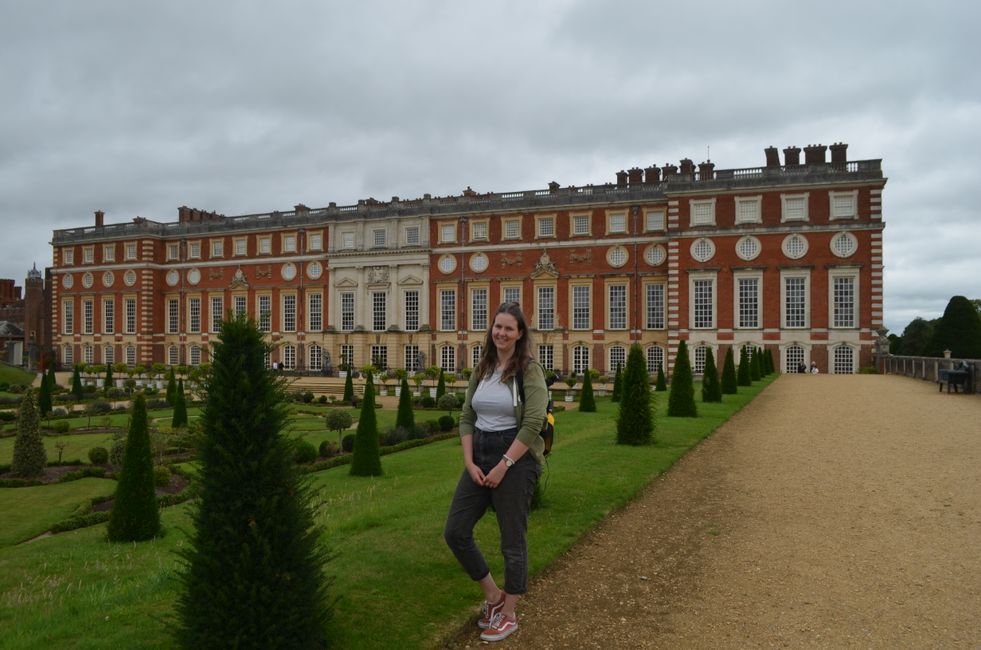

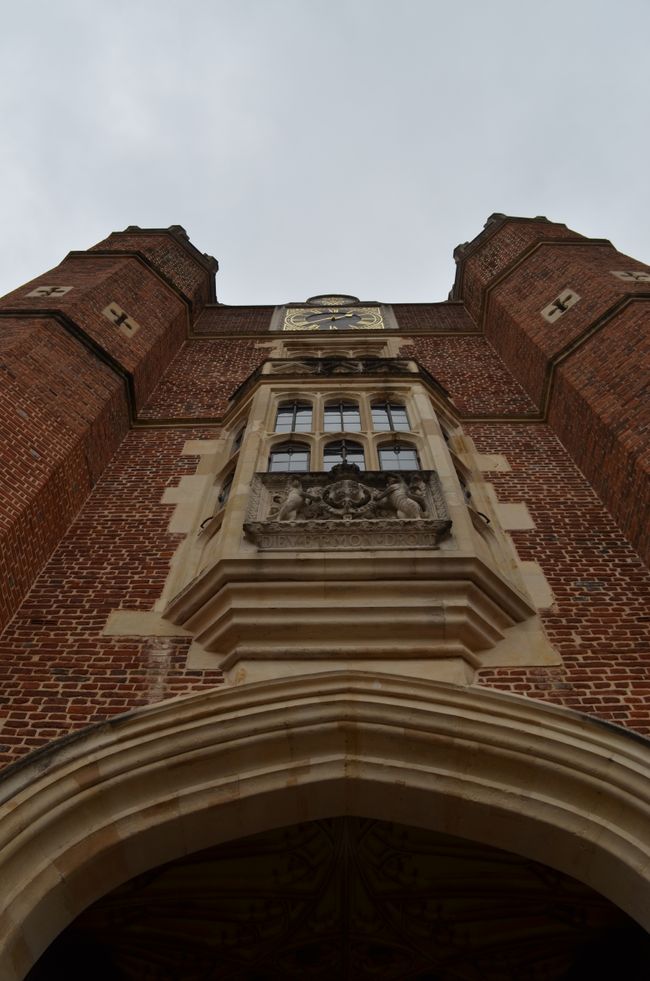
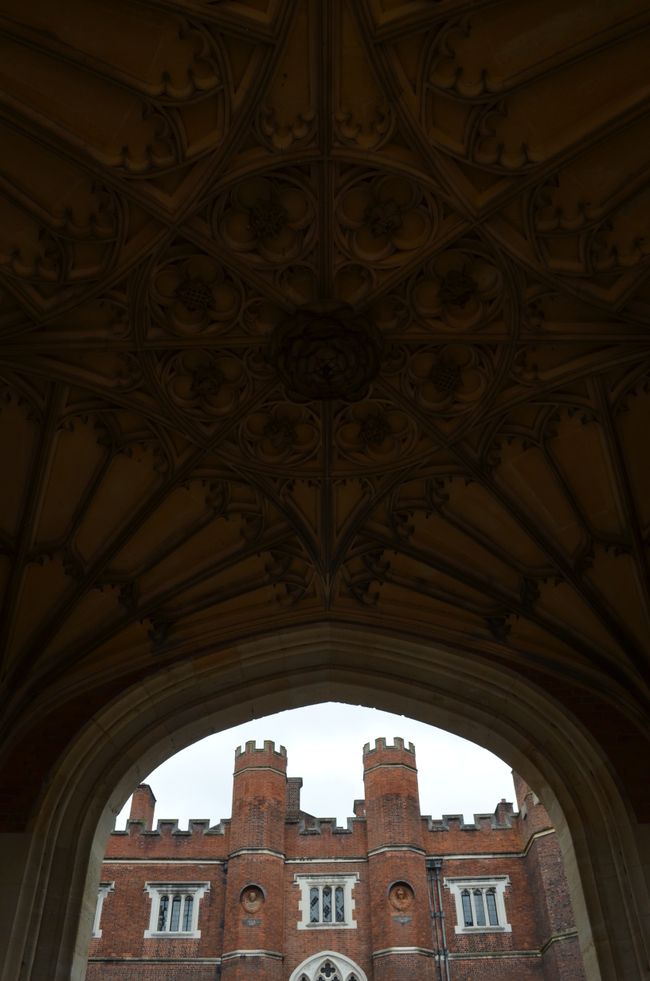
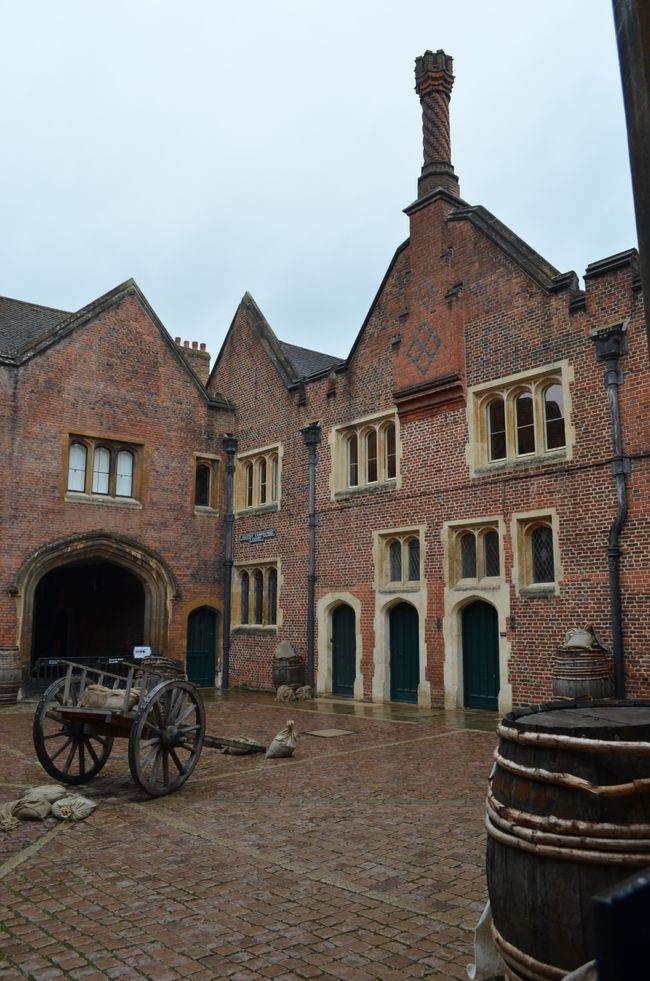
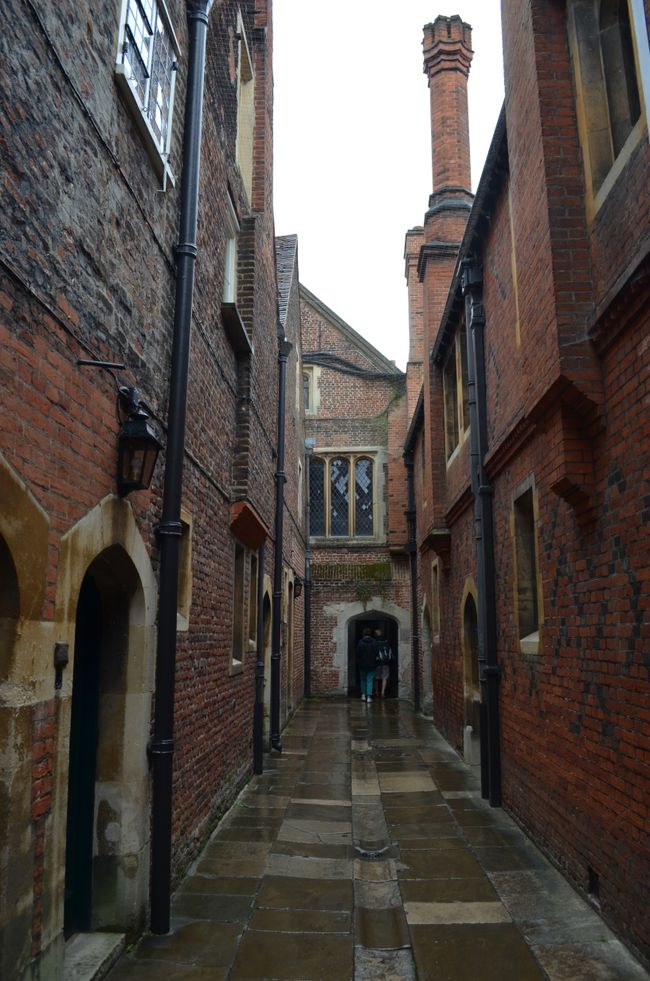
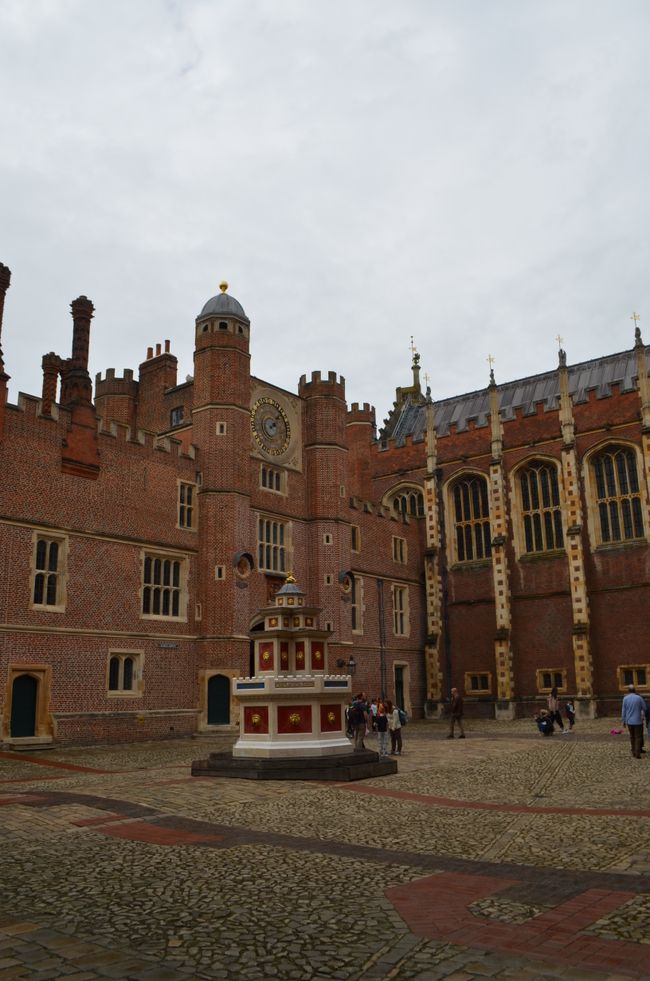
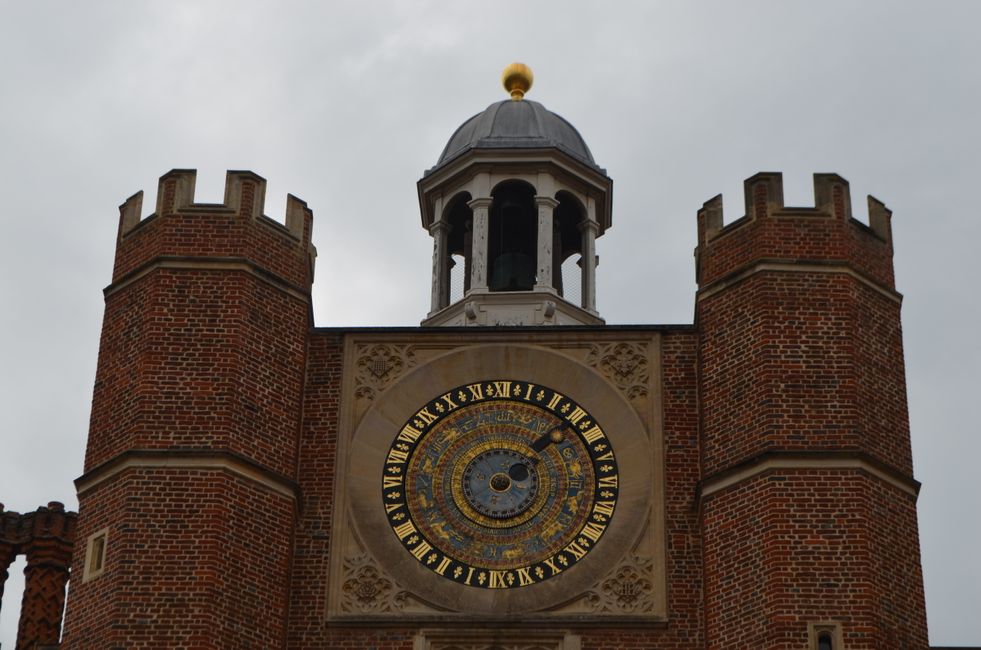
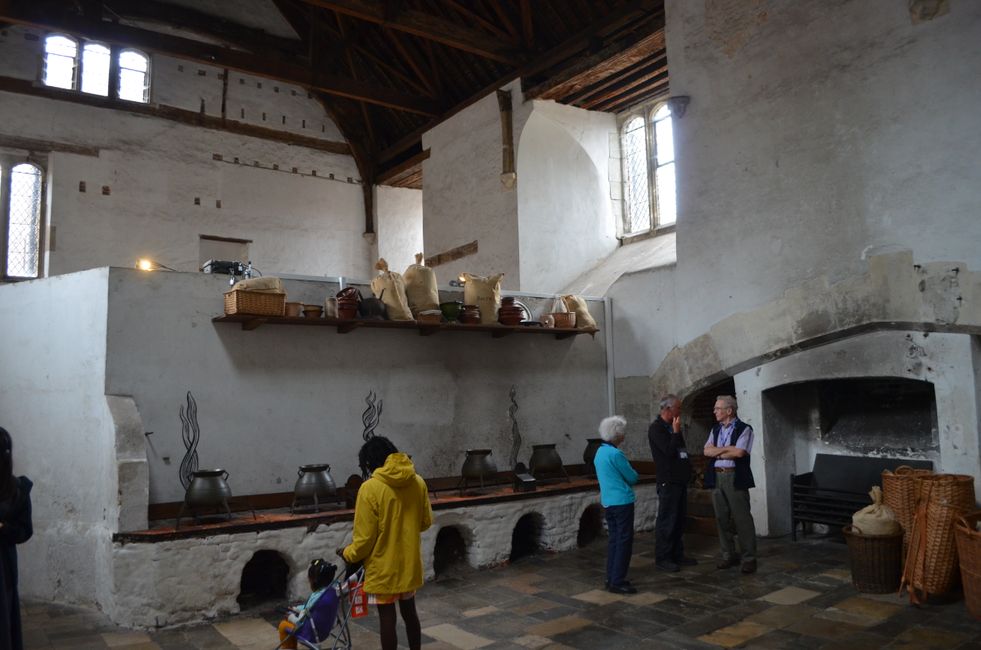
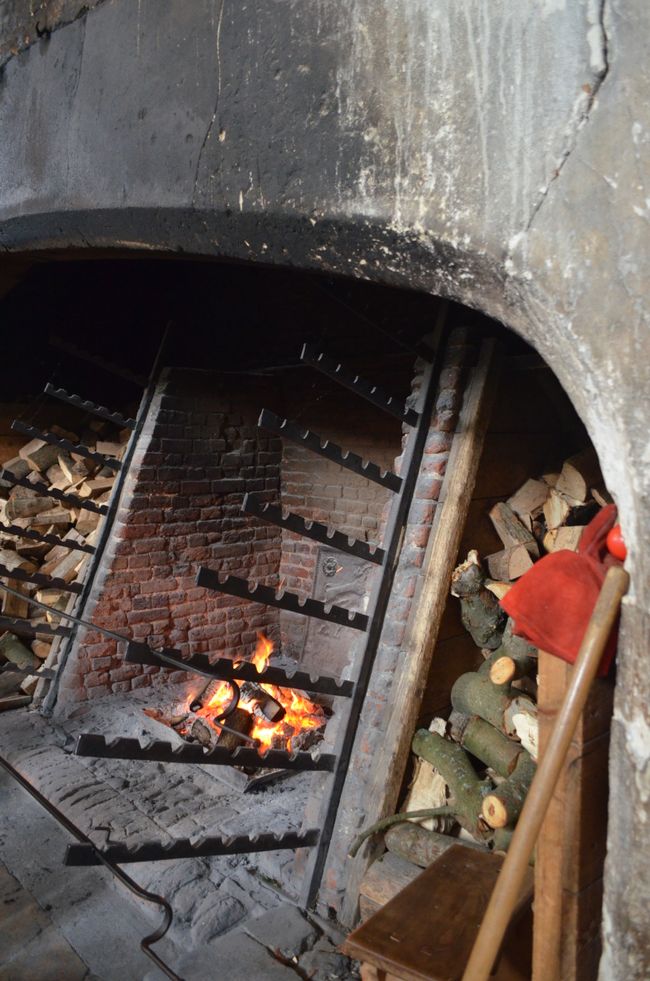
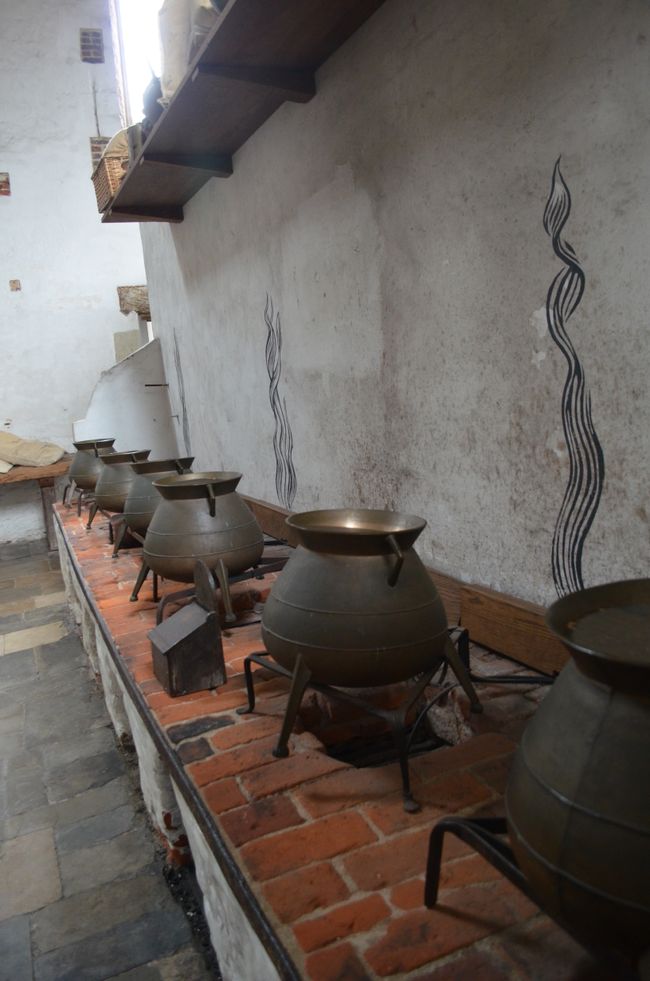
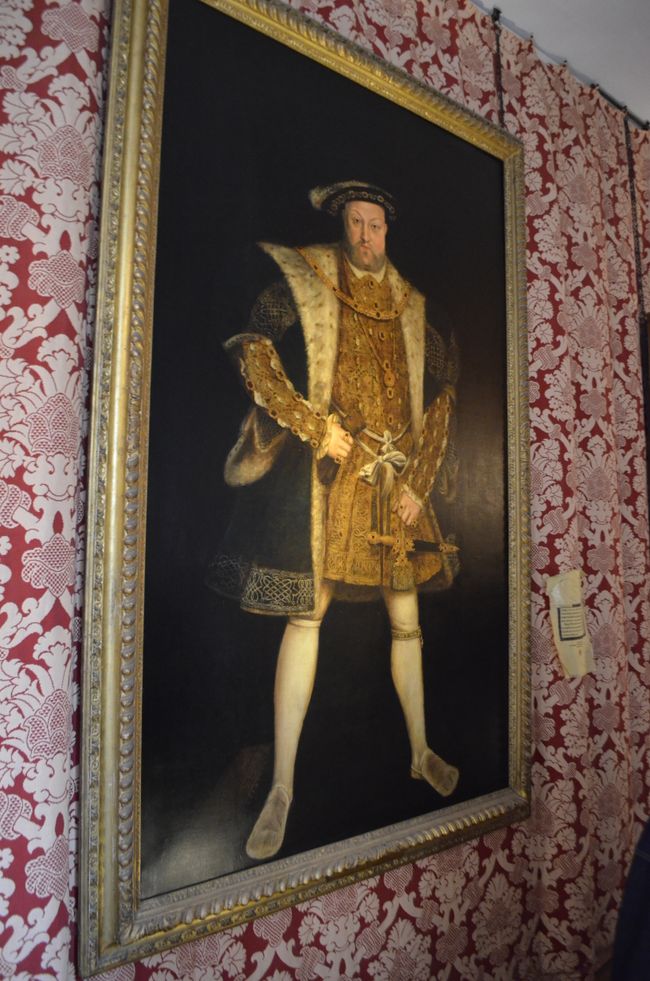
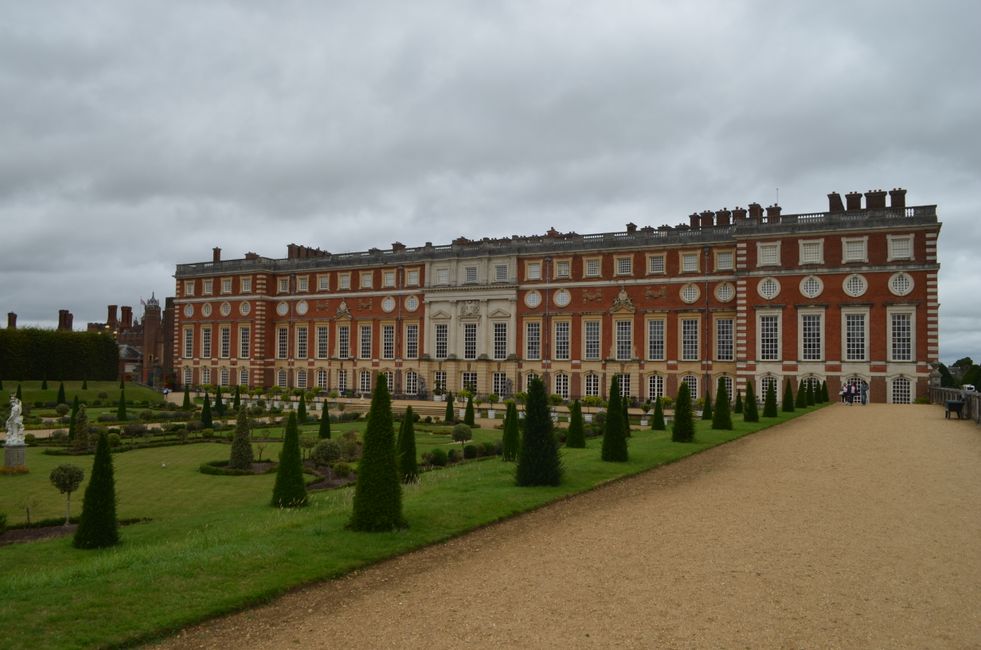
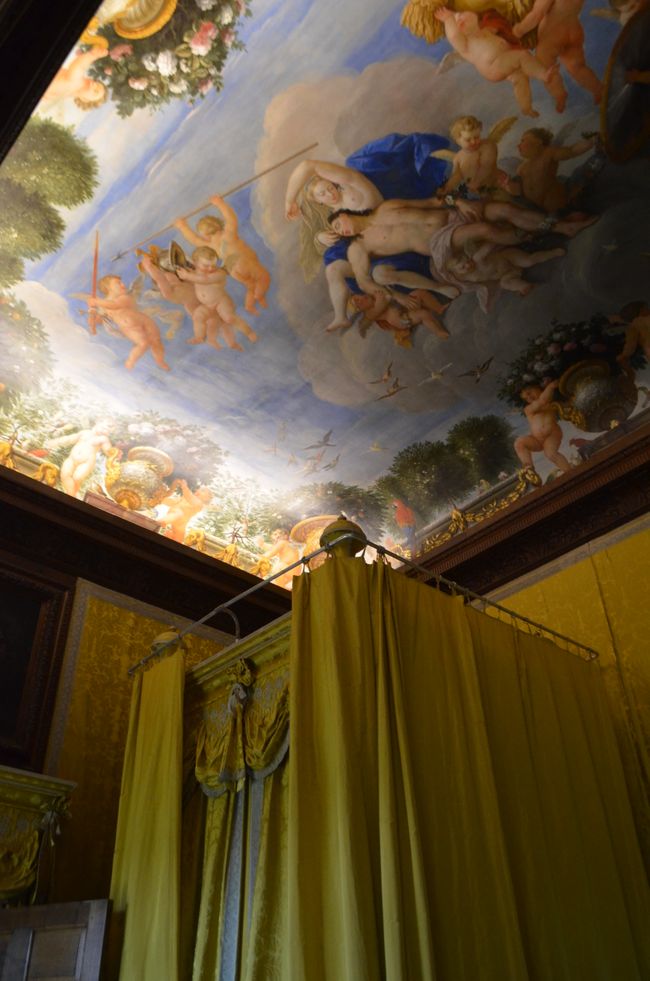
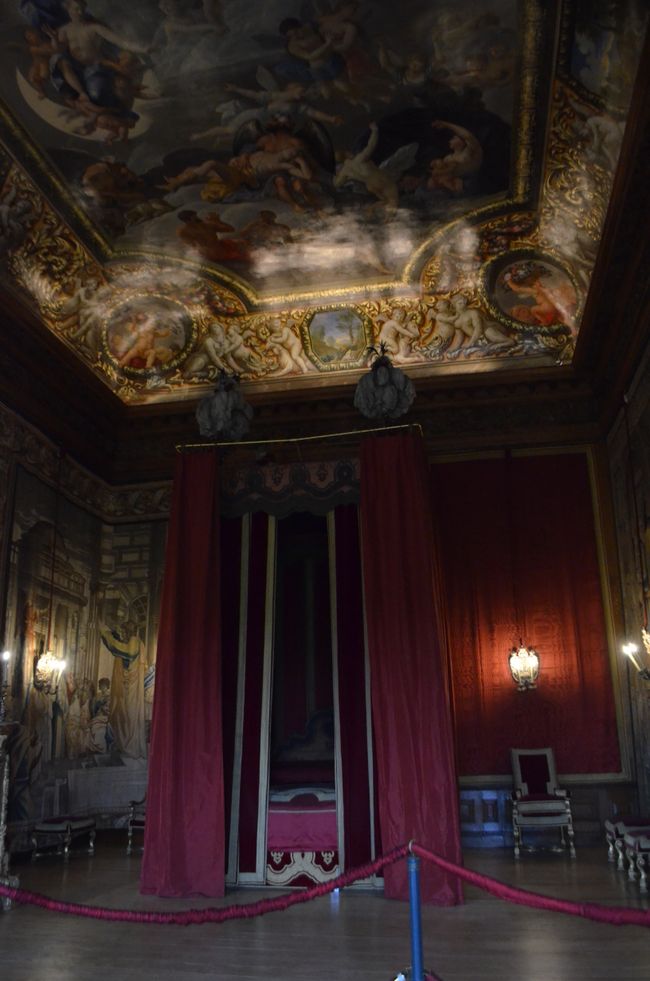
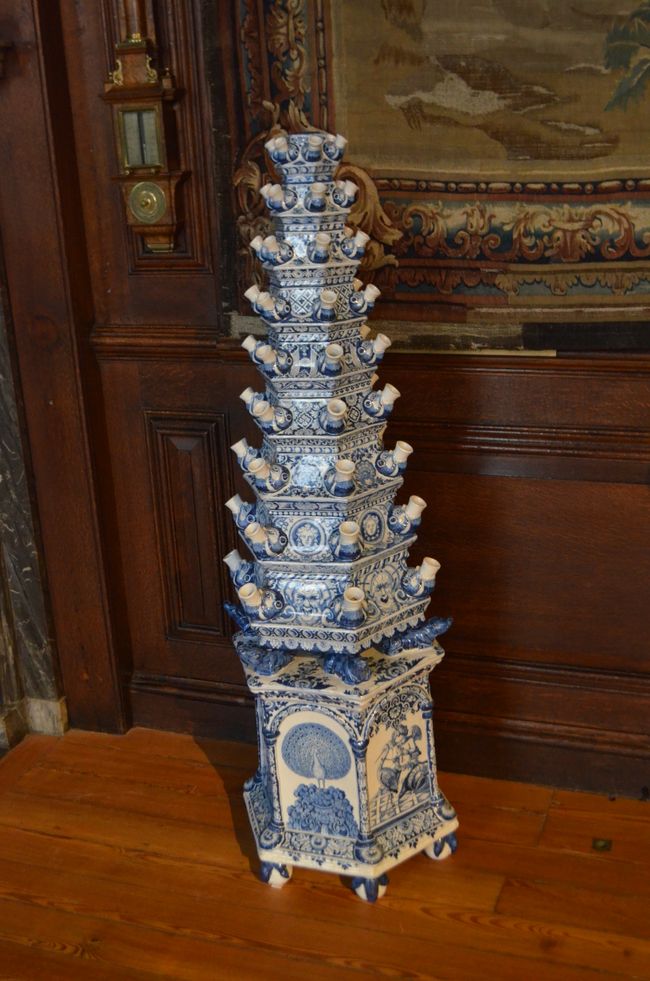
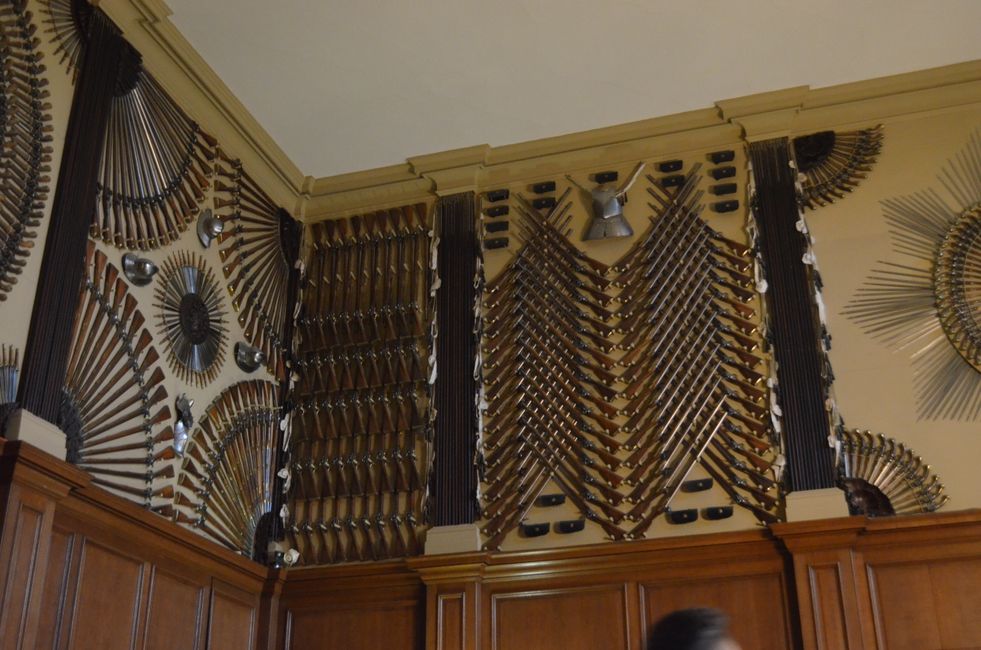
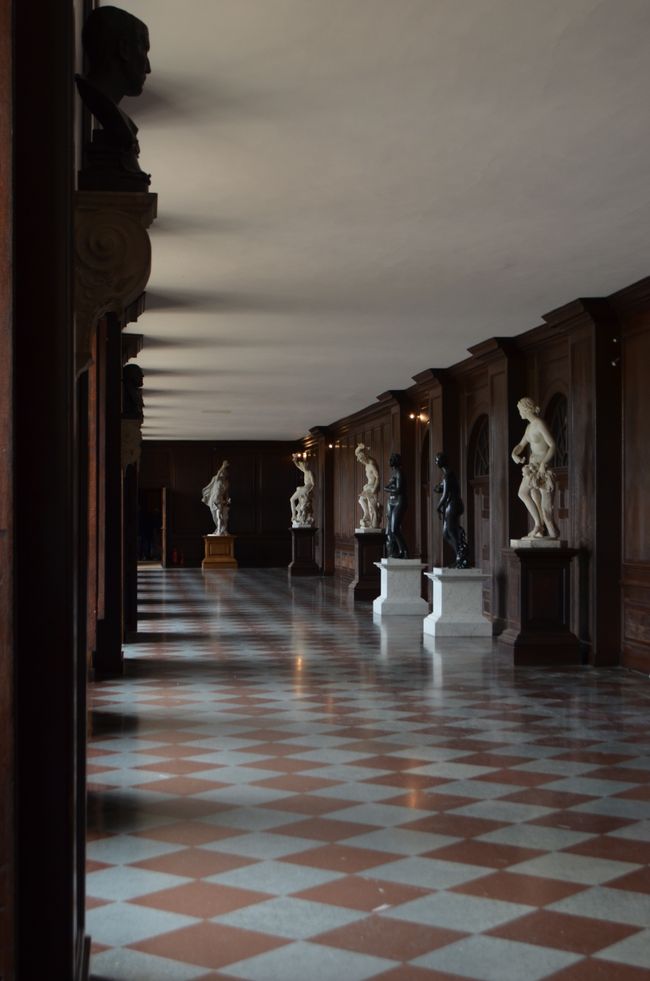
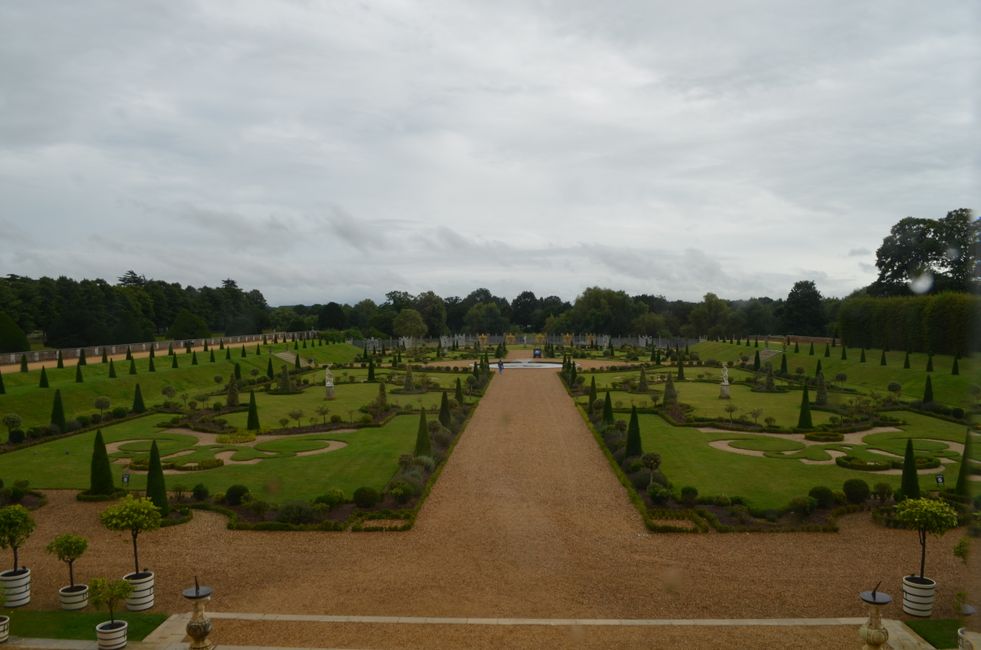
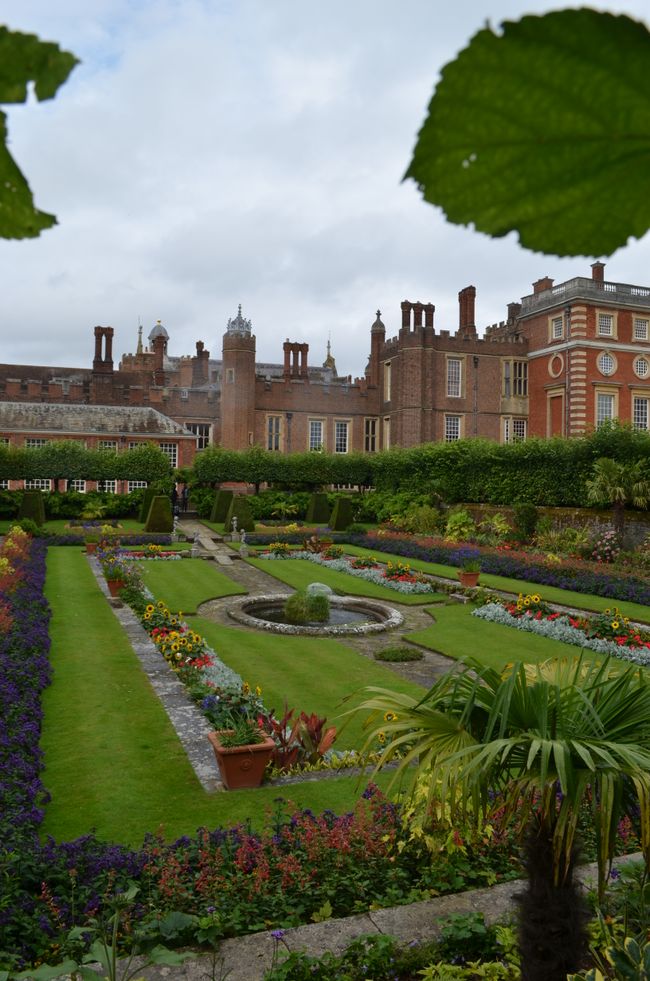
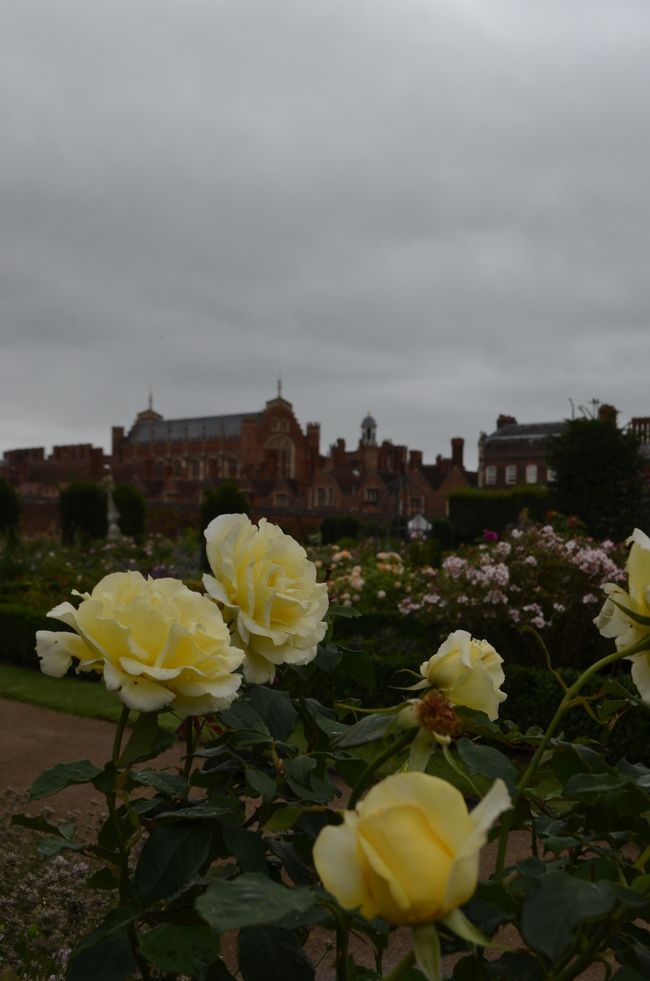
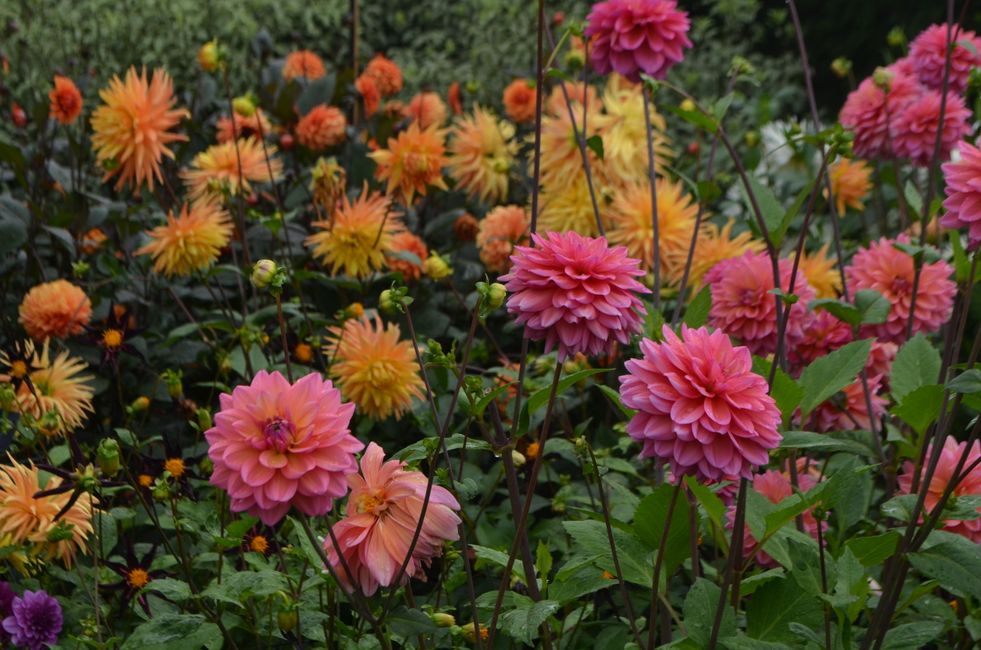
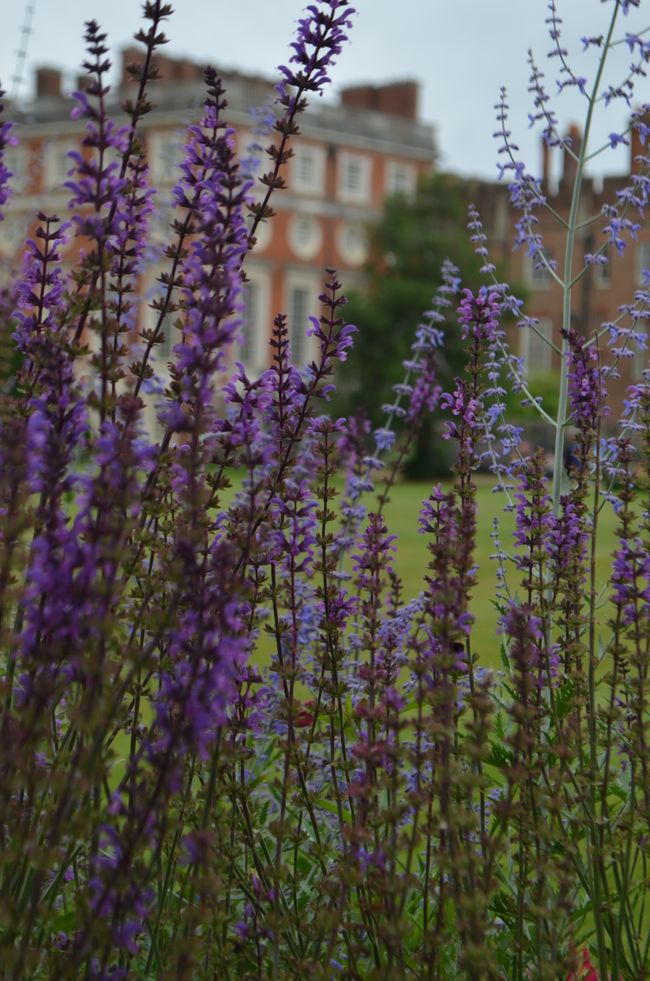
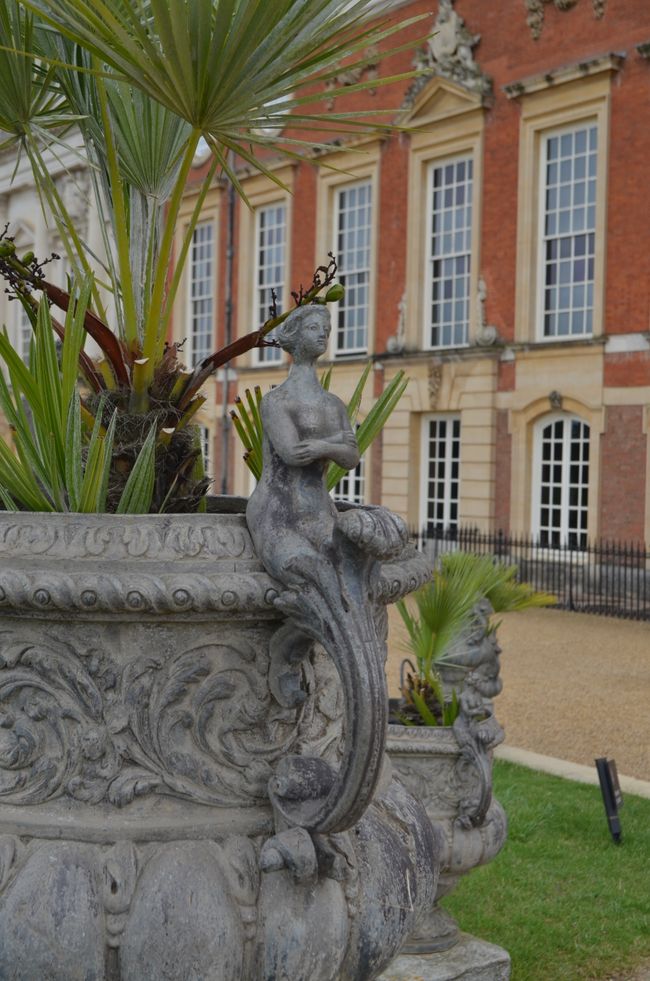
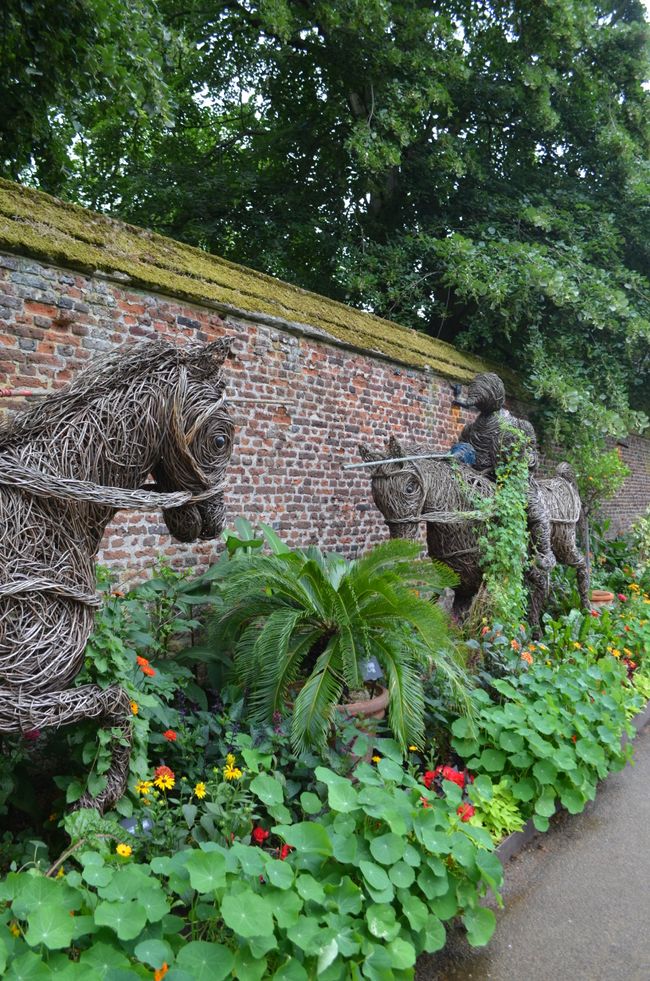
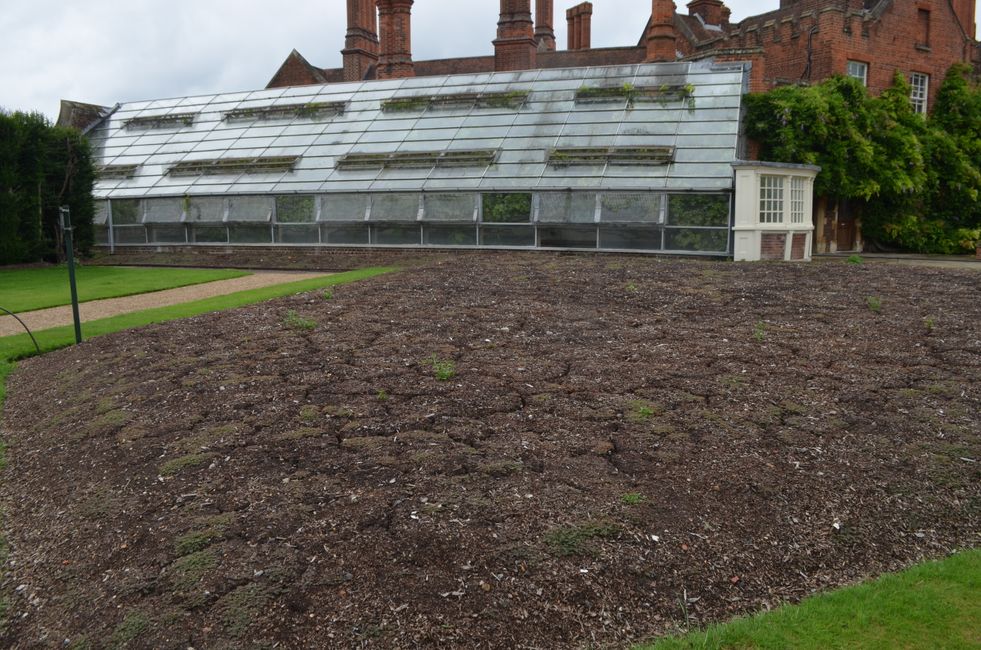
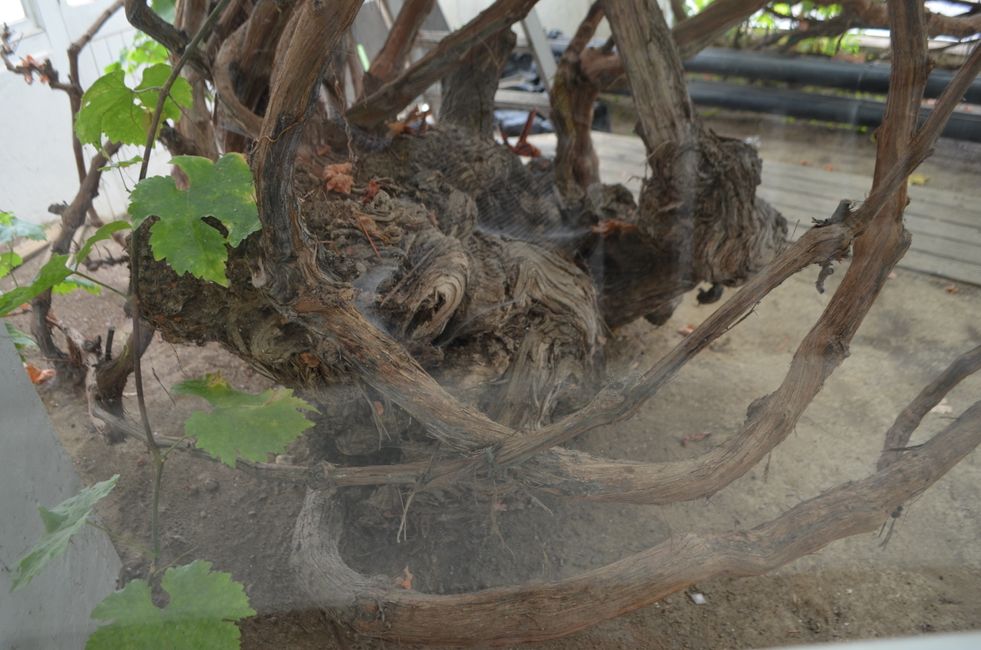
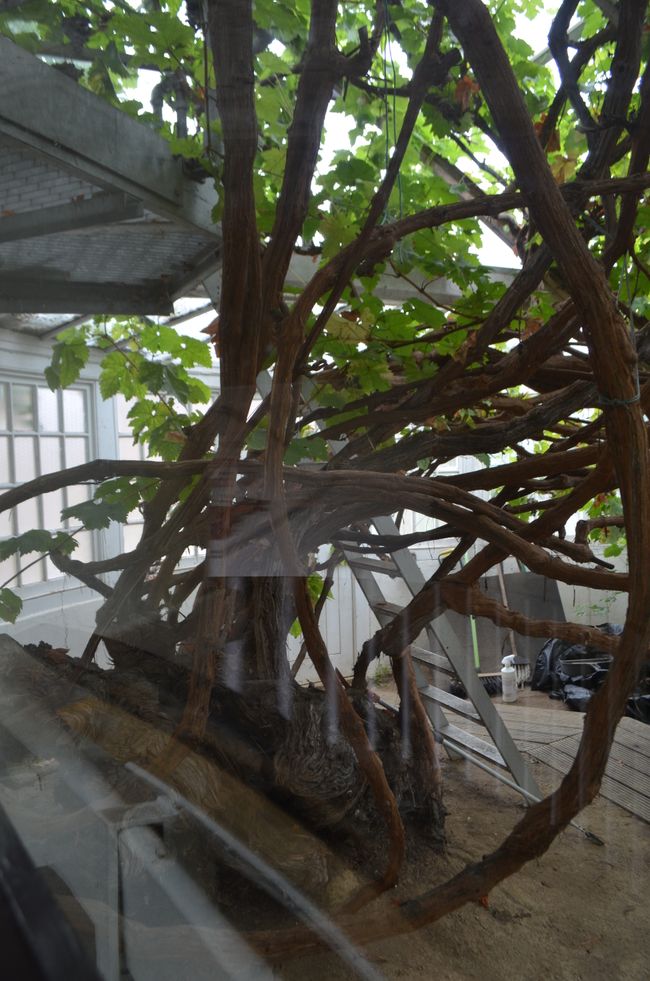
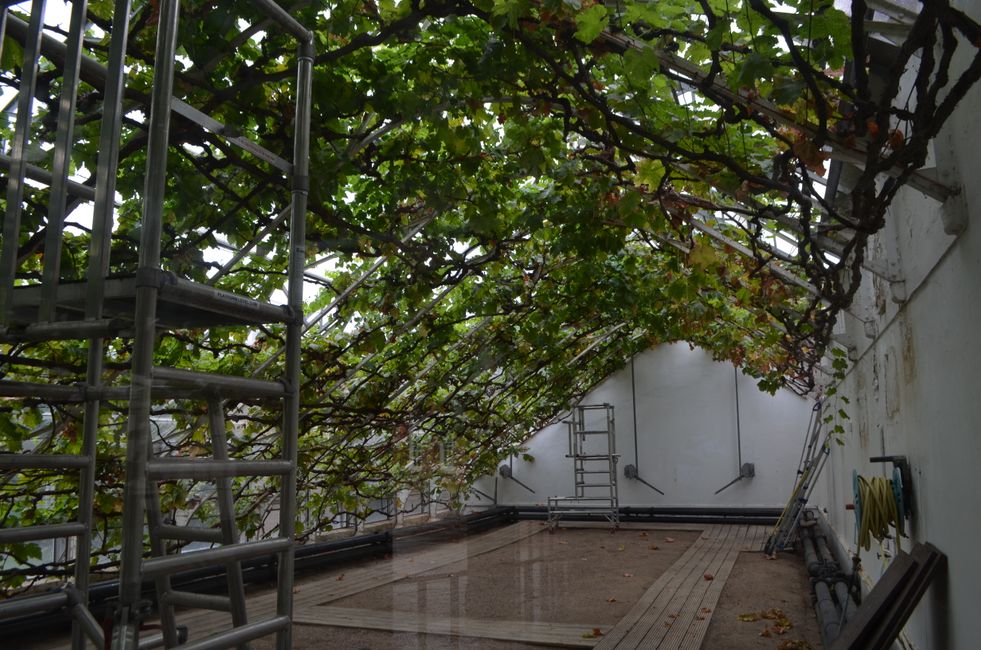
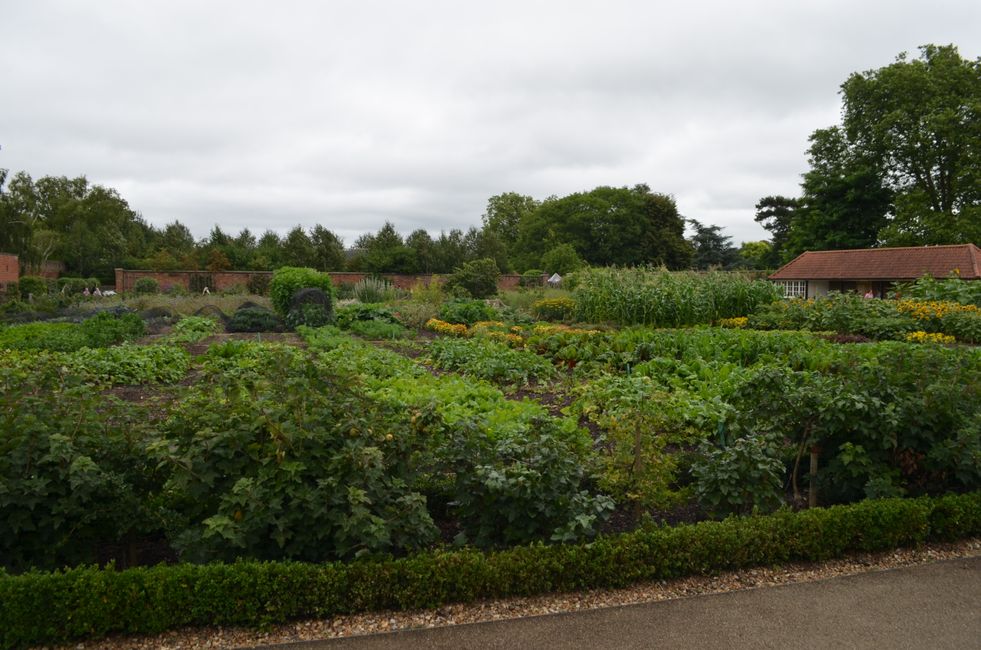
Debanye aha na akwụkwọ akụkọ
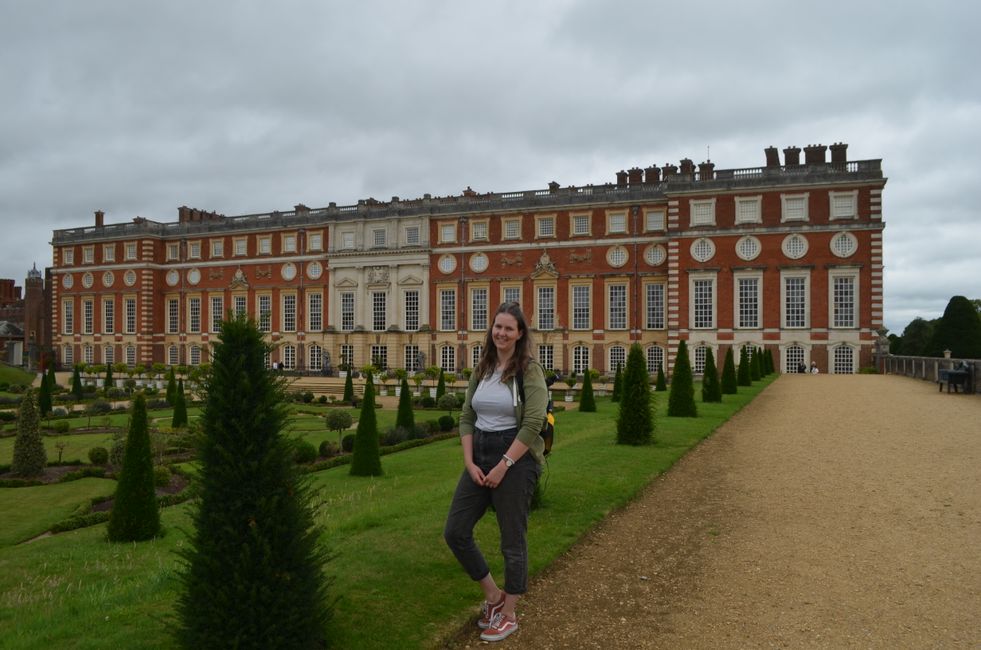
This year, I divided my summer holidays a bit. The first ten days were spent in London and Ireland, and the second week a bit later in Germany.
I used my second day for a trip to Hampton Court Palace. I went there rather unprepared, thinking it was just a castle in the southwest of London. I already knew it had something to do with the British royal family, but I didn’t know that King Henry VIII had lived there. He is quite a famous king in Great Britain, but more on that later.

The first records of an estate date back to 1236 and it belonged to the Knights Hospitaller. It consisted of a barn and an administration building. In the 14th century, a residential building was added, serving for some time as a lodging for the royal family as it was situated between two estates, a bit far from each other. From 1514, the Archbishop of York, Thomas Wolsey, leased the estate and transformed it into a country house. Wolsey not only wanted to welcome 'his' king but also other monarchs from all over Europe. The Archbishop was so successful with this venture that King Henry VIII eventually took over the palace.
Now you might be wondering, who was King Henry VIII again? I would say he is most famous for his six marriages. Here in schools, there's a saying you always learn: 'Divorced, beheaded, died, divorced, beheaded, survived.' Translated: Divorced, beheaded, died, divorced, beheaded, survived.
This applies in order to his various wives (Catherine of Aragon: divorced; Anne Boleyn: beheaded; Jane Seymour: died; Anne of Cleves: divorced; Catherine Howard: beheaded; Catherine Parr: survived)



The castle showcases two essential architectural styles: the Tudor architecture and a baroque style.
The Tudor style mainly came with Henry VIII. He had the country house remodeled into what we now know as Hampton Court within ten years. He spent, in today’s terms, 18 million pounds. At that time, that was about 62 thousand pounds. The upper three images display the architectural style quite well.
With a splendid chapel, its own tennis court, a bowling alley (a sport similar to boules), gardens, and a 450-hectare wildlife park, he created one of the most modern castles of that time.



The kitchen consists of three large rooms that are interconnected. They cooked on a total of six large fires. Today, one sample fire burns at all times to give visitors a sense of how warm it must have been in the kitchen. Additionally, up to 200 people worked in the kitchen preparing up to 1600 dishes each day, as the king sometimes had up to 800 courtiers to provide for. The food that remained at the end of the day was given to the poorest members of society.

After Henry VIII died, various kings and queens lived in the palace for varying lengths of time. The Tudor period ended with the death of Elizabeth I.
With the ascension of William III and Mary II in 1689, the baroque period at Hampton Court Palace began. They commissioned the very well-known architect Christopher Wren for a renovation into a baroque castle. The initial plan to tear everything down and build anew was discarded, and only the 'Fountain Court' was renovated.
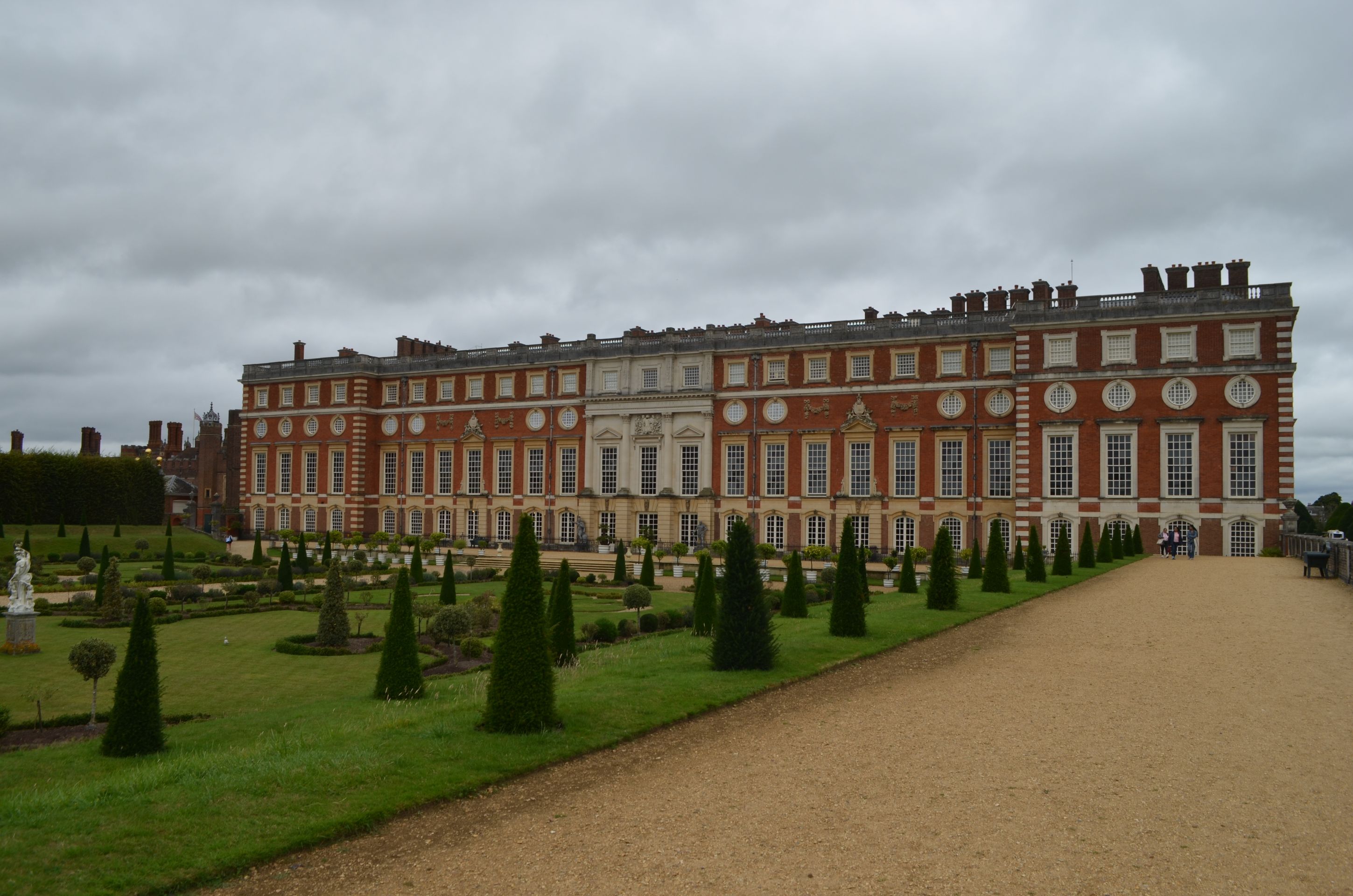
Even in the chambers of William III and Mary II, the baroque era can be distinctly recognized.
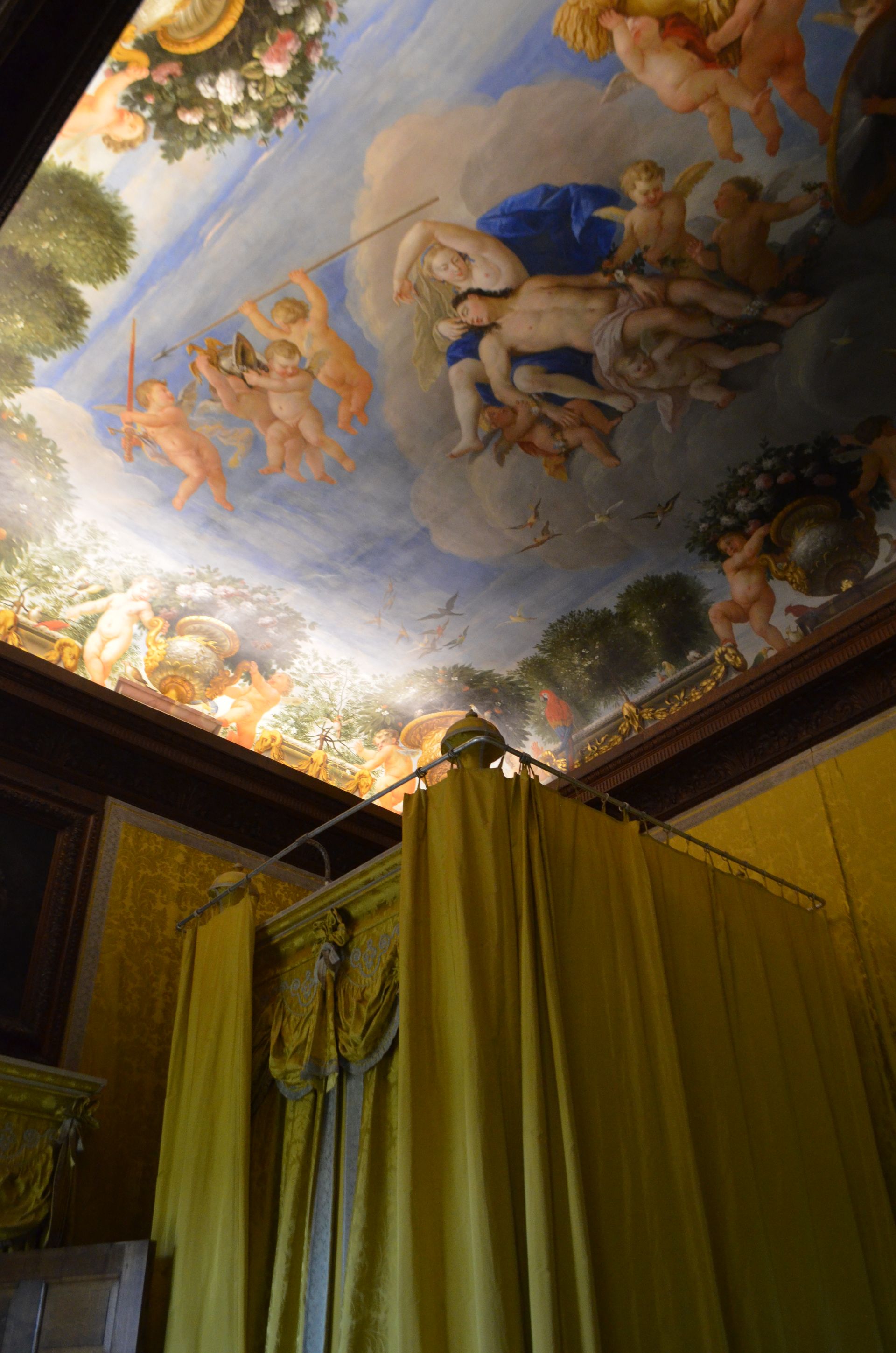

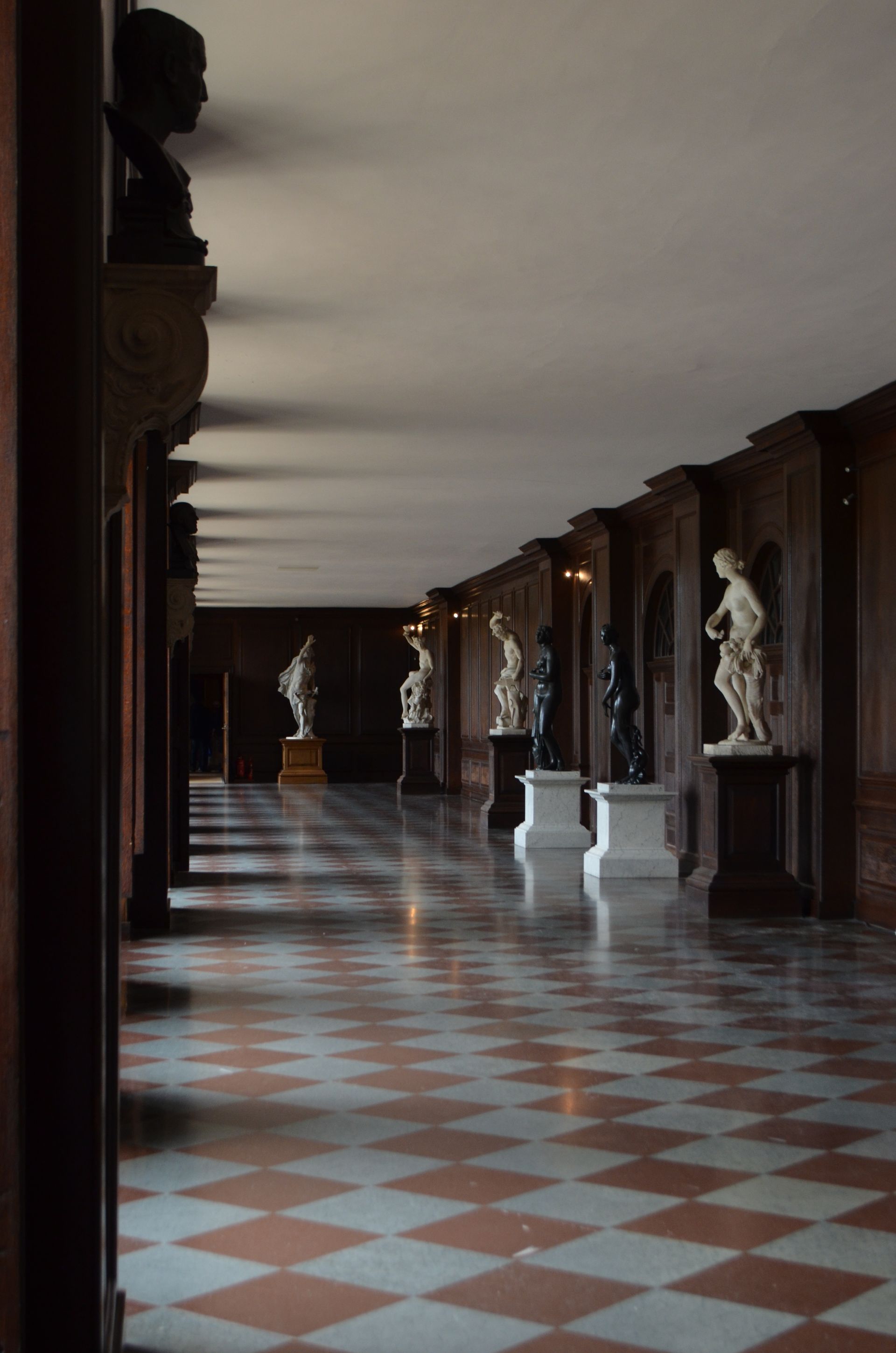
From the chambers, one can also get glimpses of the palace gardens. Many of these gardens are also thanks to William III and Mary II.
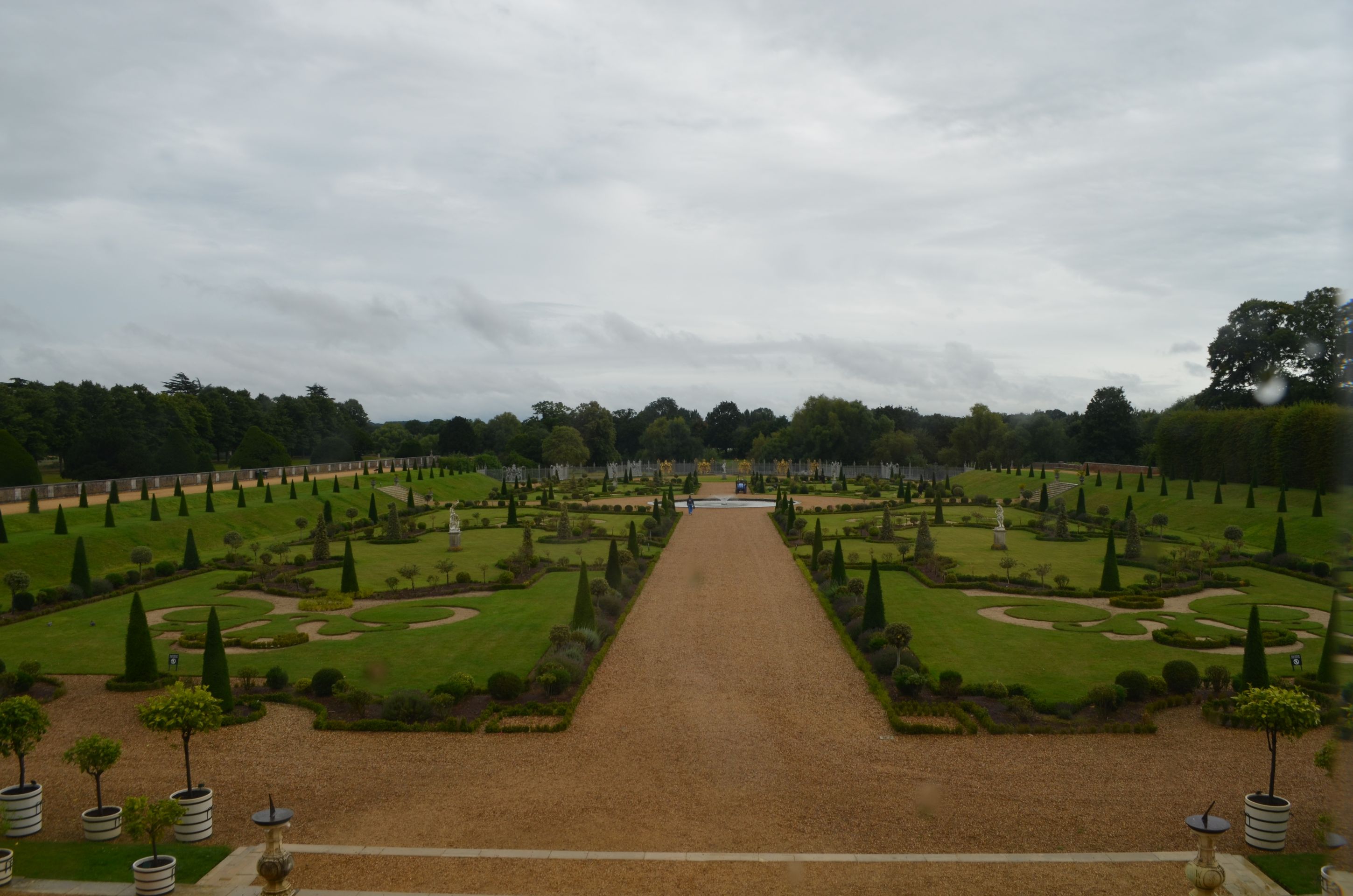
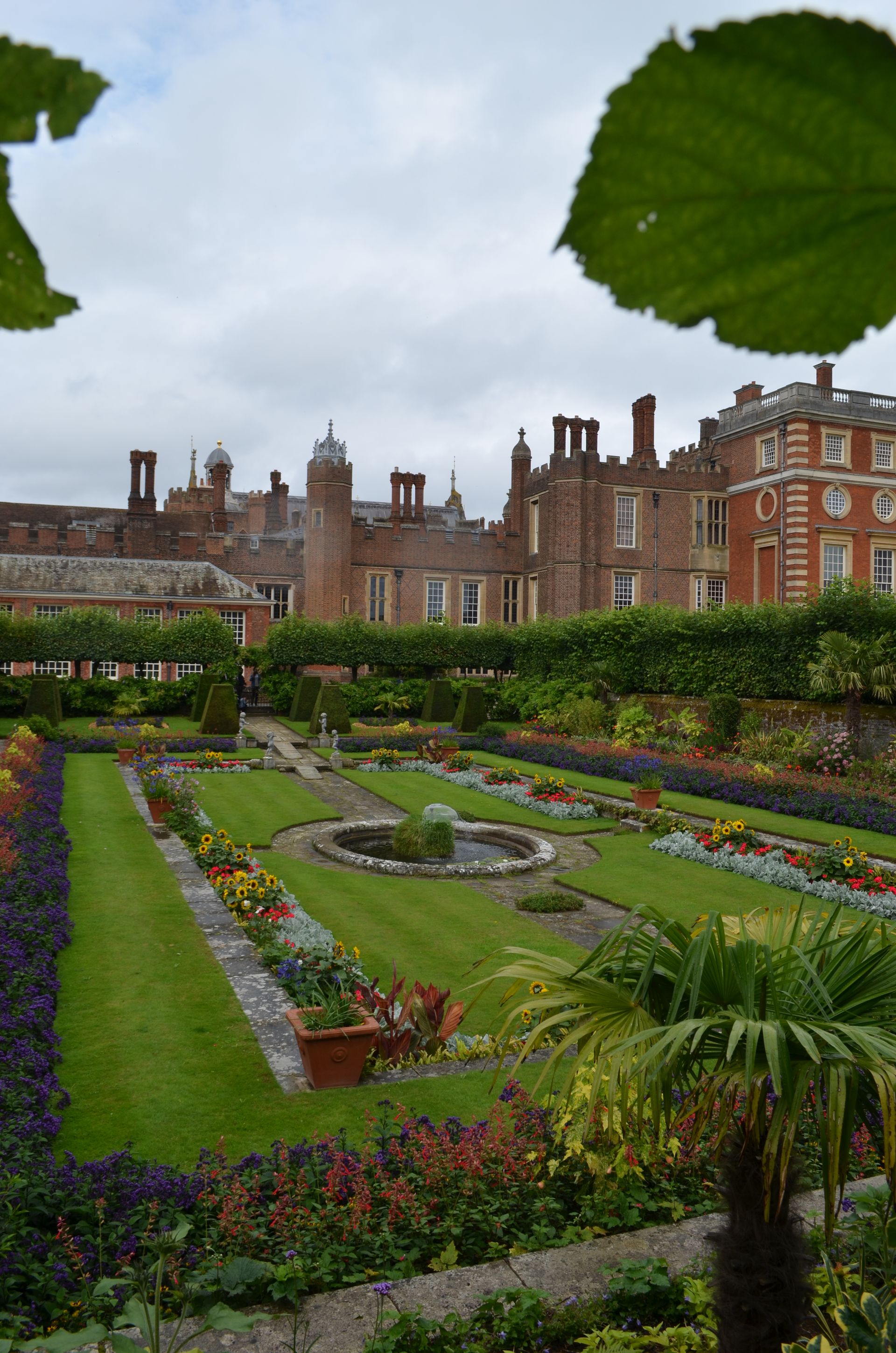
There are many different subdivided larger and smaller gardens. You can discover so many beautiful flowers and other little details.
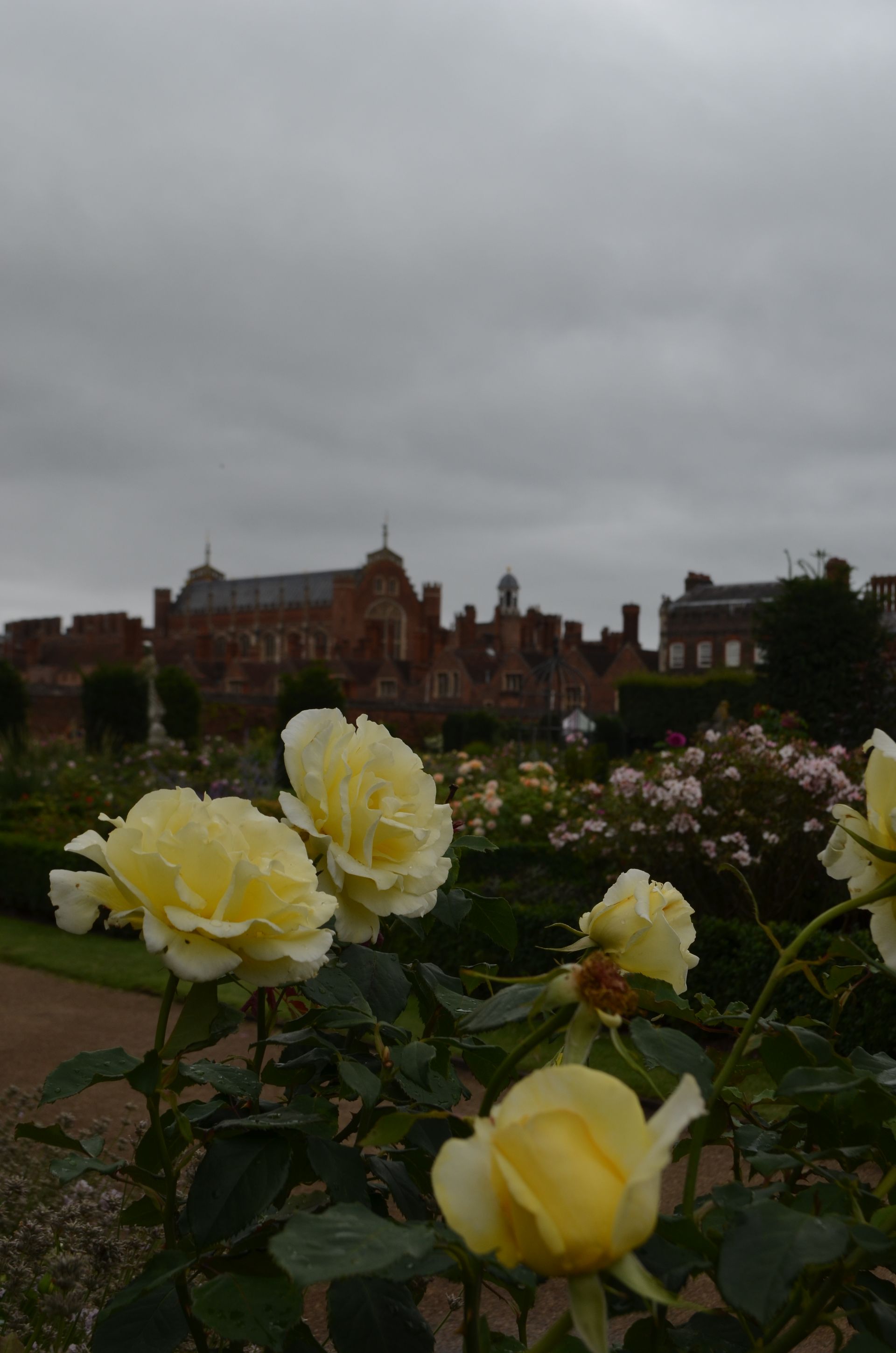
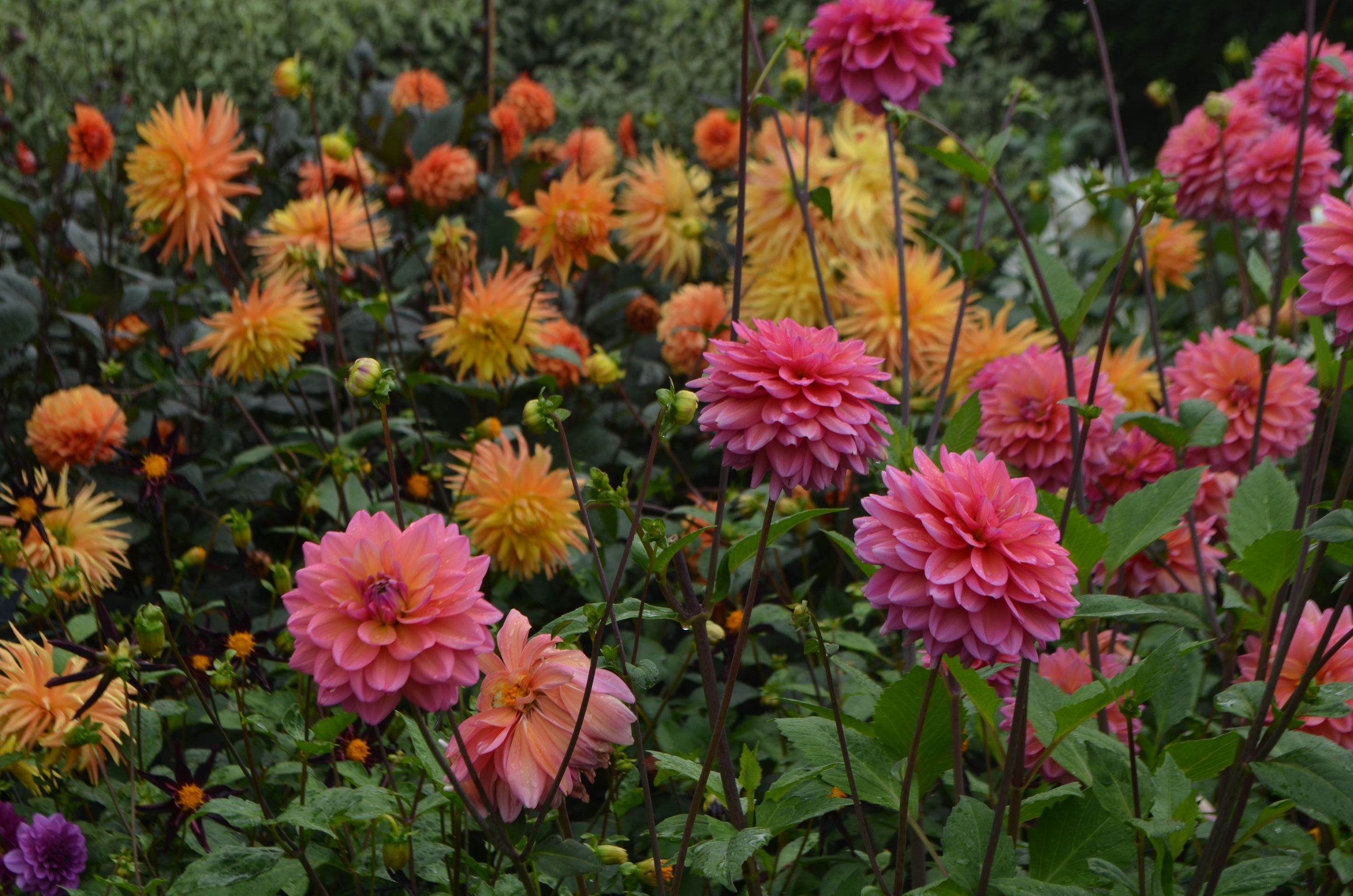

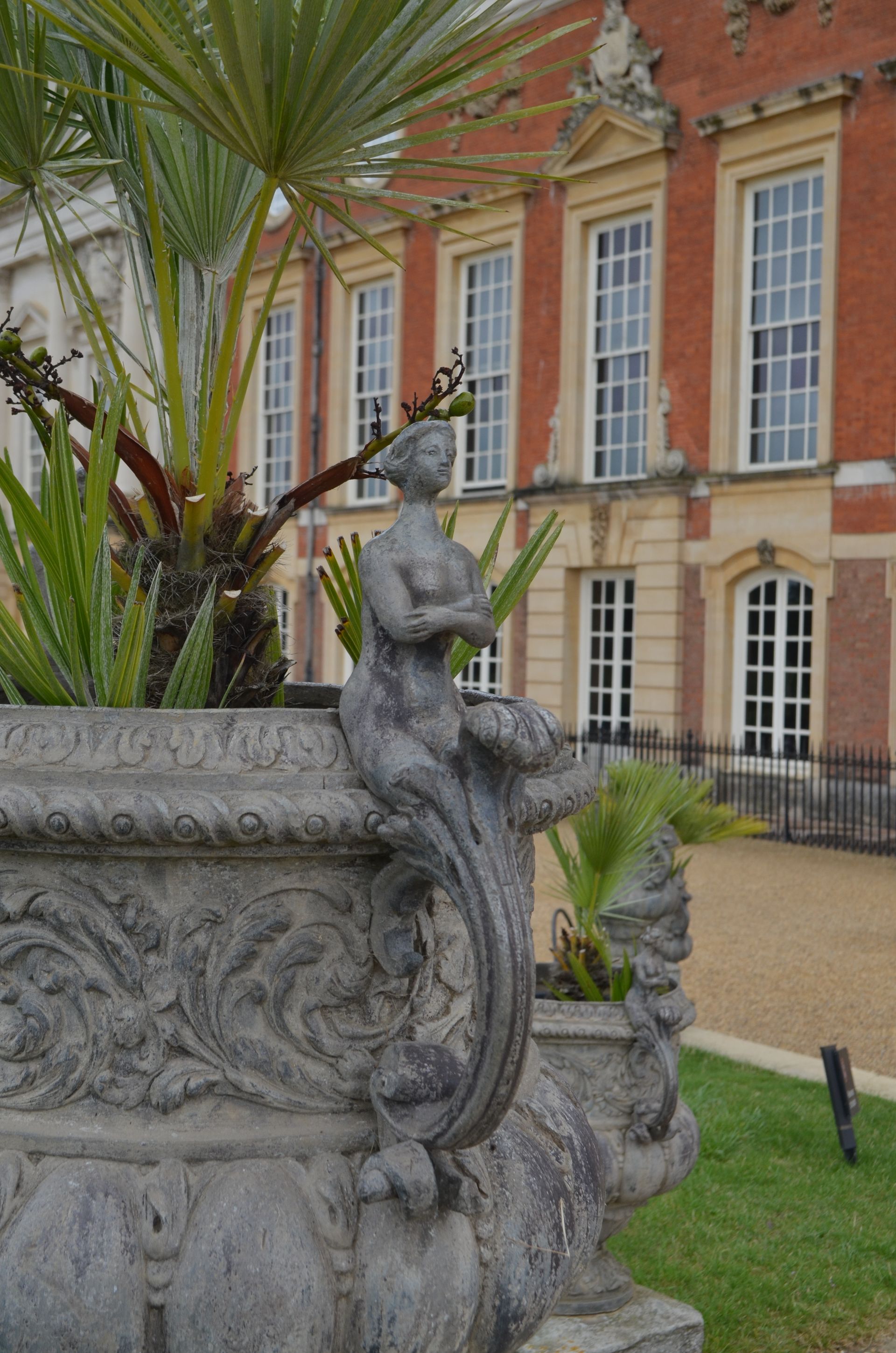
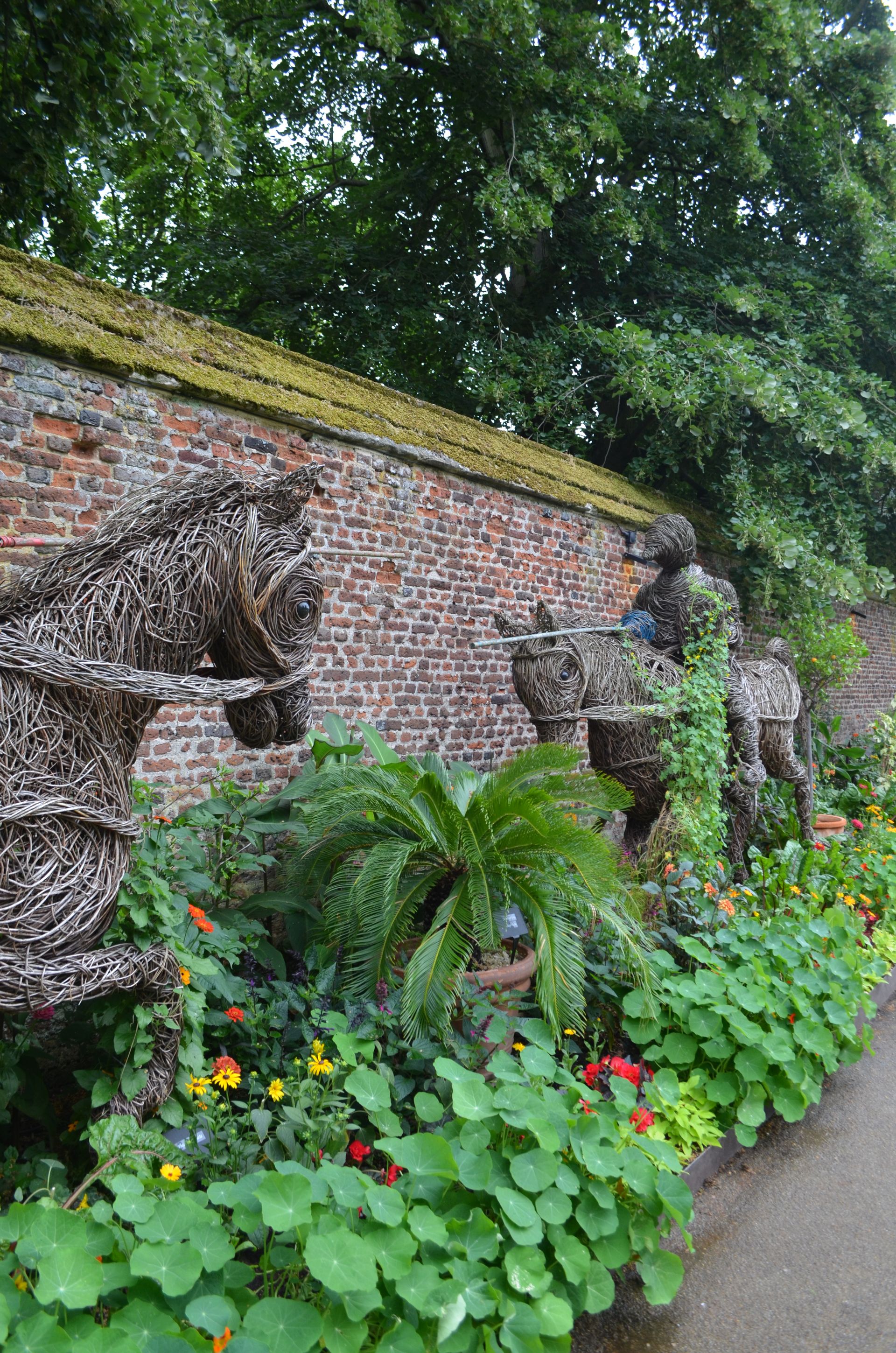
But there is also something quite unique in the Hampton Court Palace Garden. The oldest existing in the world:
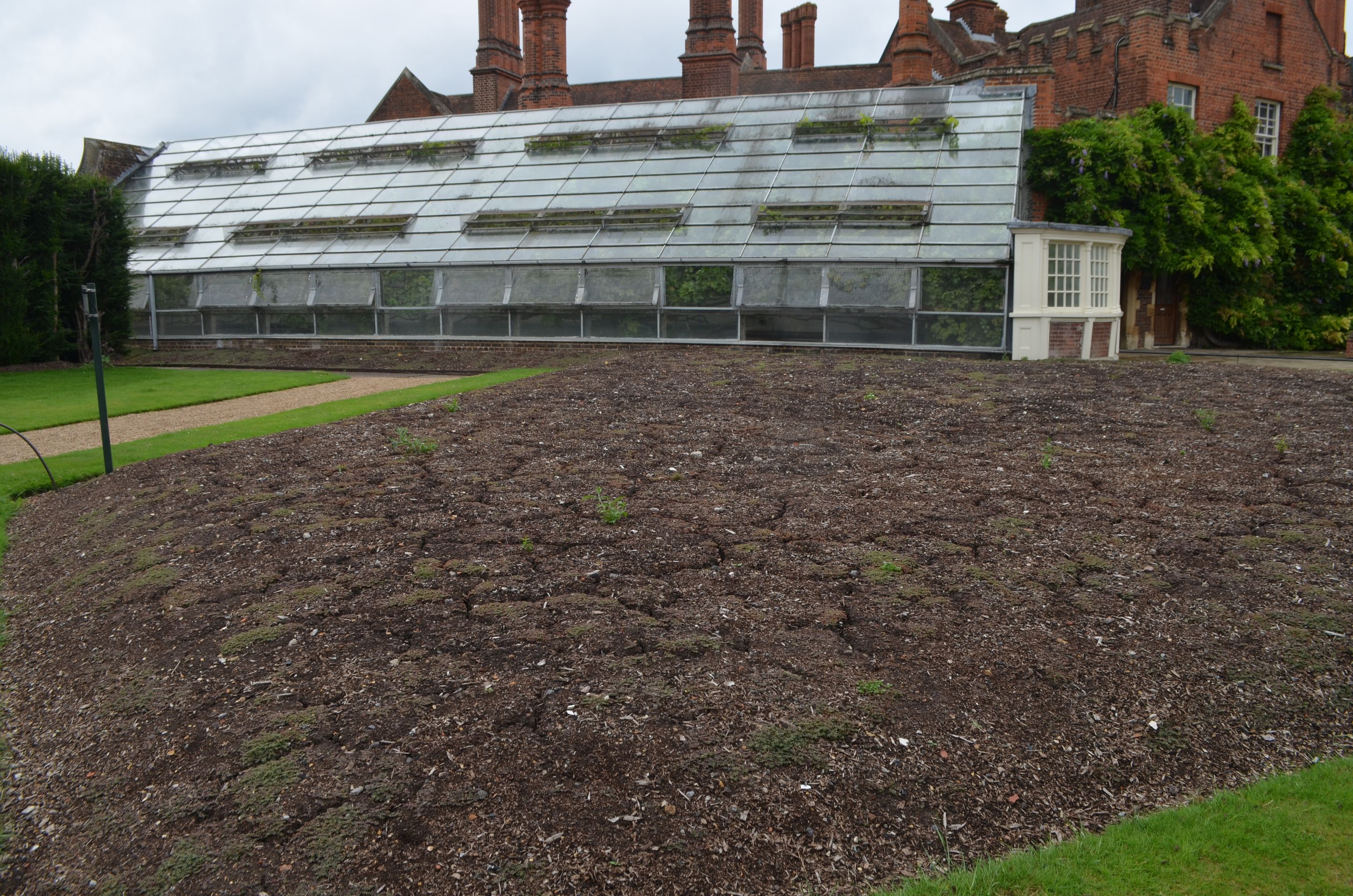
This greenhouse houses the oldest vine in the world. The variety 'Schiava Grossa' (Black Hamburg) was planted in 1789 and is now 256 years old.

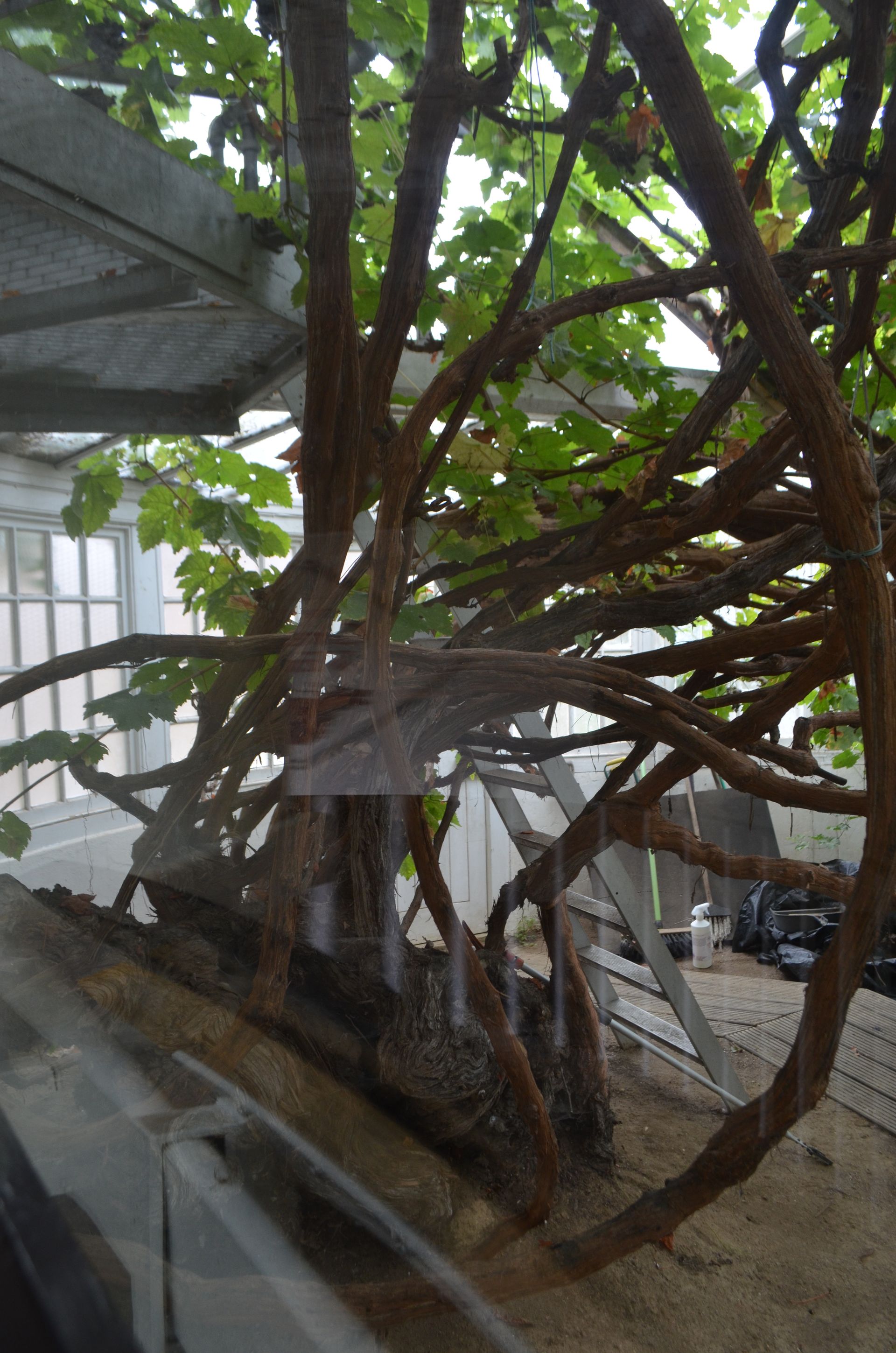
The lower circumference now measures about four meters, and the longest branch is about 37 meters long. On average, 272 kg of grapes are harvested each year. The berries are partially processed but also sold for direct consumption.
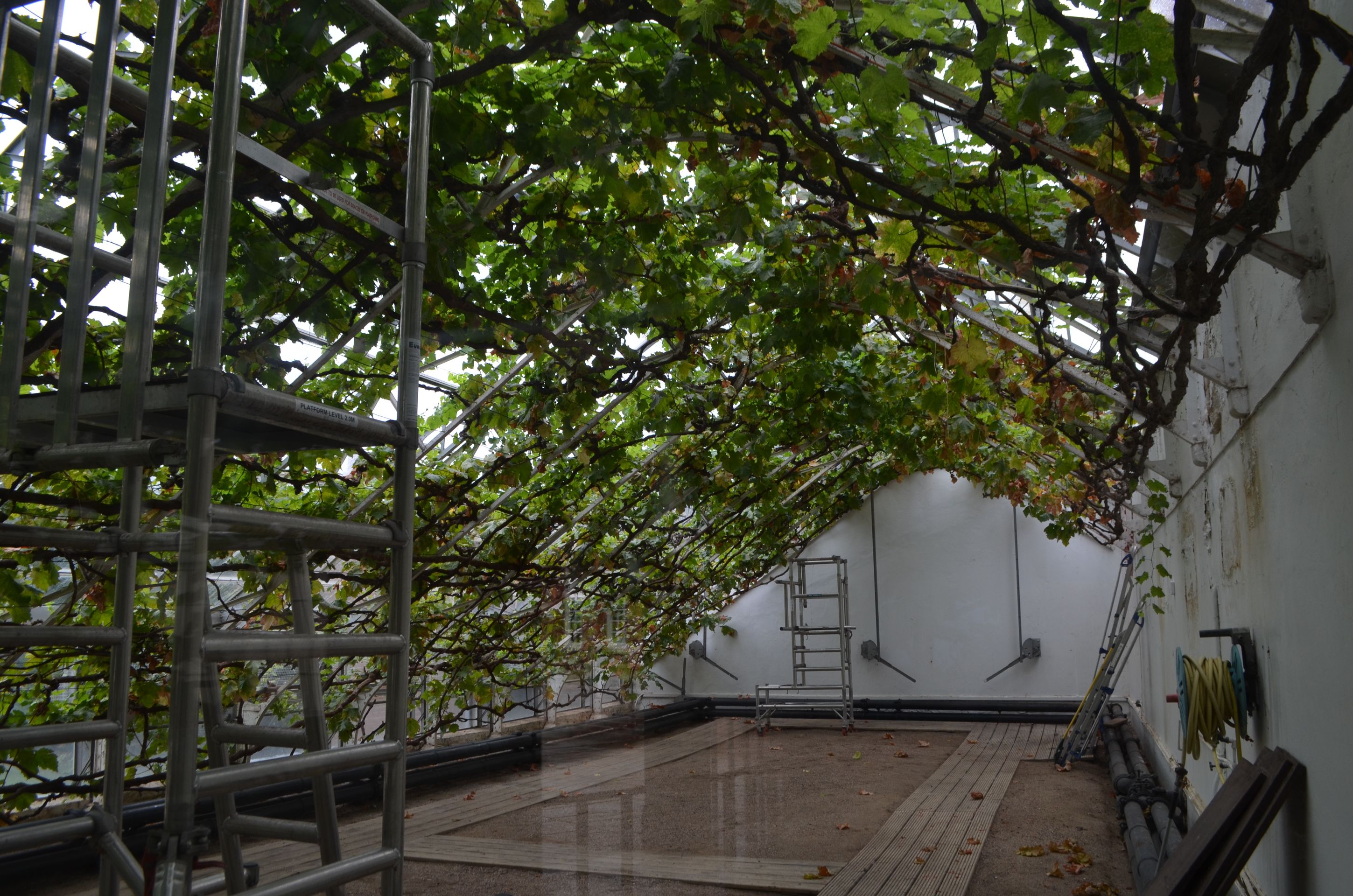
The greenhouse surrounding it has been renewed several times, and today the wooden framework has been replaced with aluminum.
Other fruits and vegetables are also grown in the palace gardens. The harvest can often be tested in the local restaurants and cafés or purchased in the shop.

We owe the fact that the palace is open to visit today to Queen Victoria. She decided in 1838 to open the palace to the public, and since then millions of people have visited this place.
Here, I want to express a big thank you to my grandparents for inviting me to visit the palace. It was very interesting, and I learned quite a bit about English history and also saw different parts of London.
Hampton Court is located quite far in the southwest, at the outer edge of London. Since it is right by the Thames, there is also the theoretical possibility of reaching the palace by boat. This way, you can experience London in a completely different way; unfortunately, I was too spontaneous for that, and all trips were already fully booked. Either way, you need some time to get there, but it was a very successful day trip.
Debanye aha na akwụkwọ akụkọ
Zaa (1)
Anja Dchröter
Danke für den tollen Einblick. Finde ich spannend . Ich verwechsele so oft alle Monarchen …. Schöne Tage dir noch 
Akụkọ njem United Kingdom

